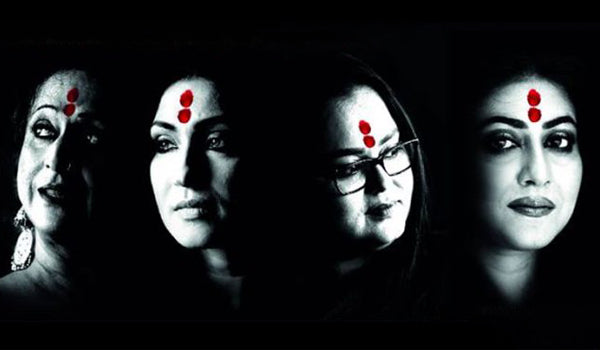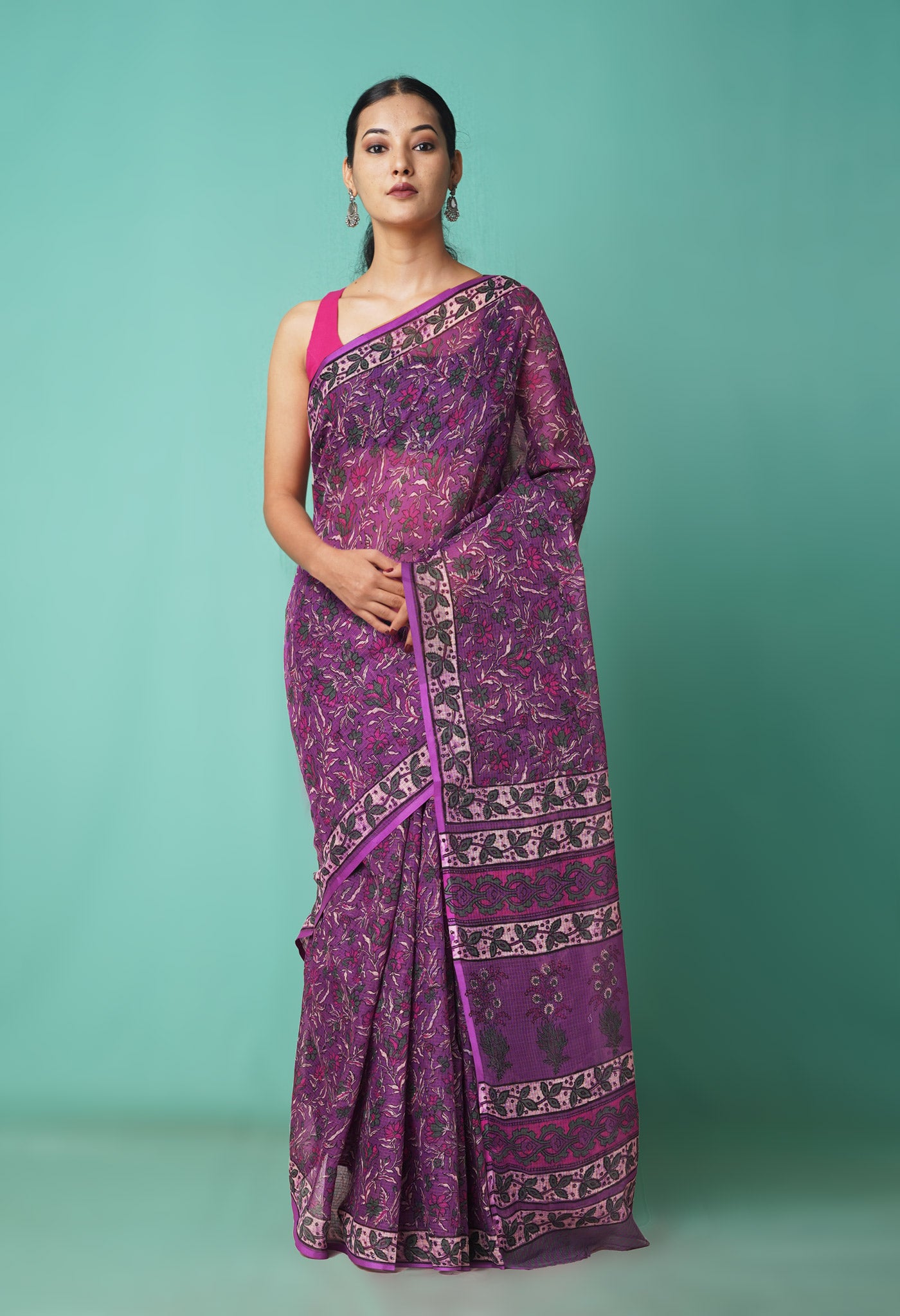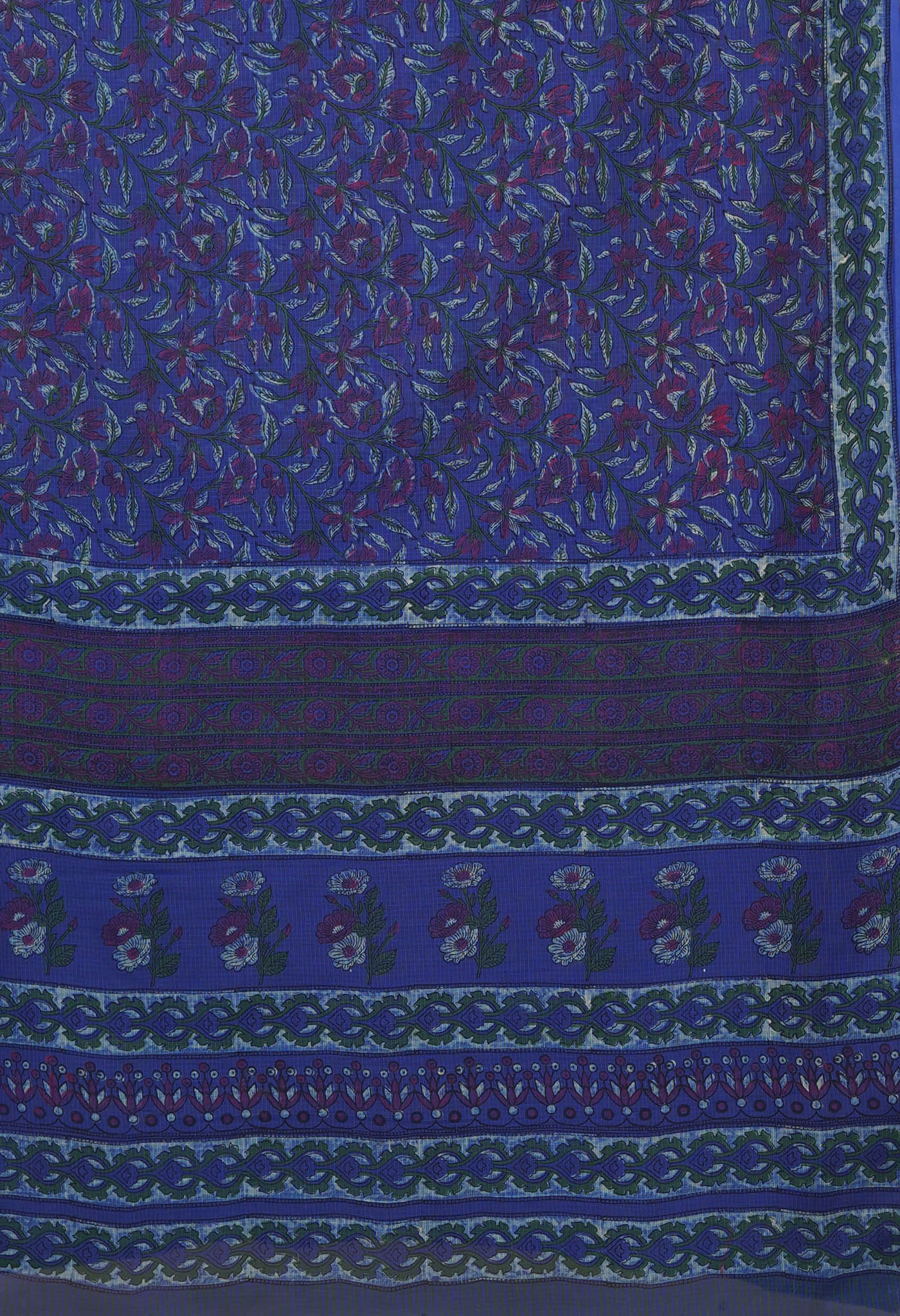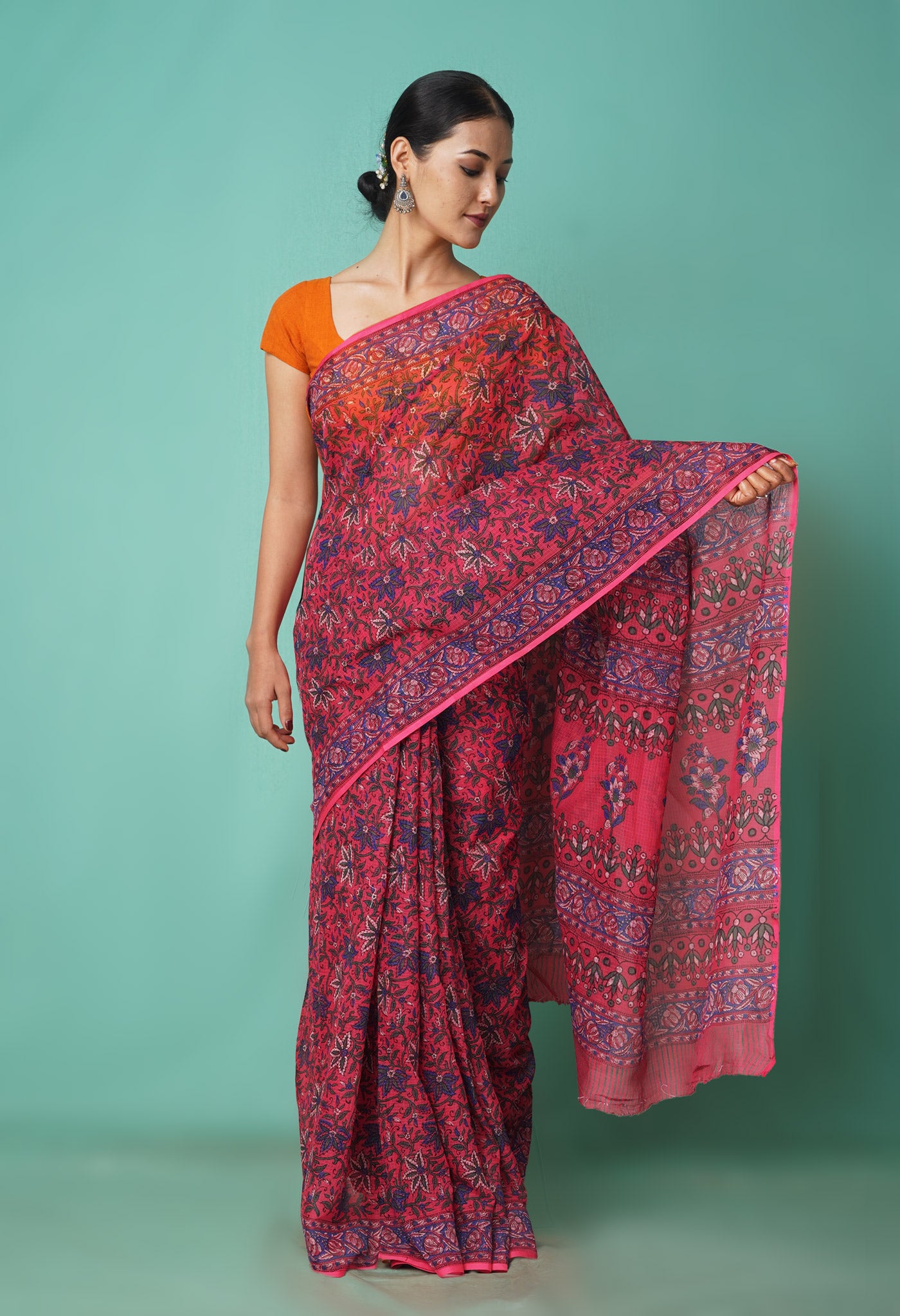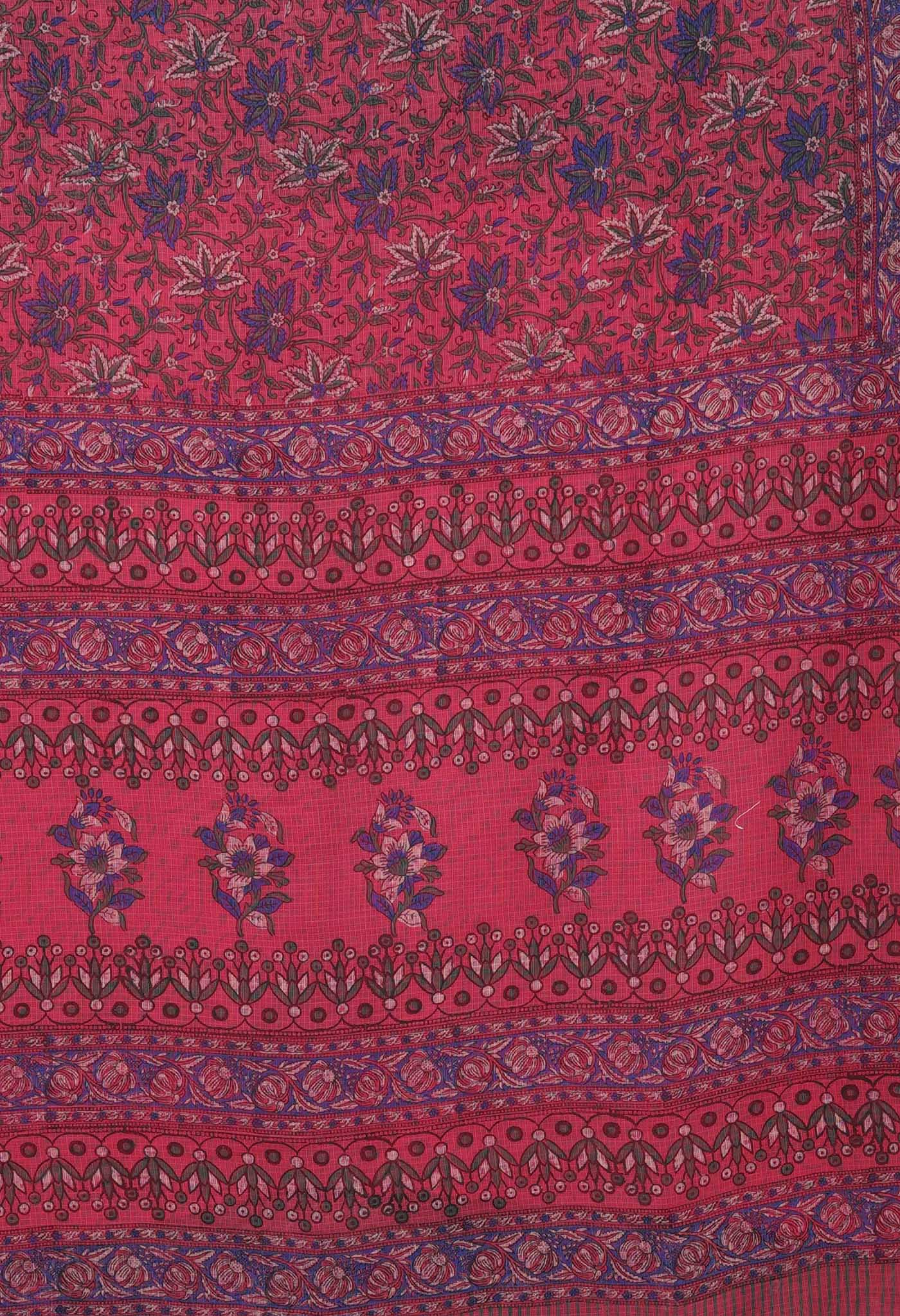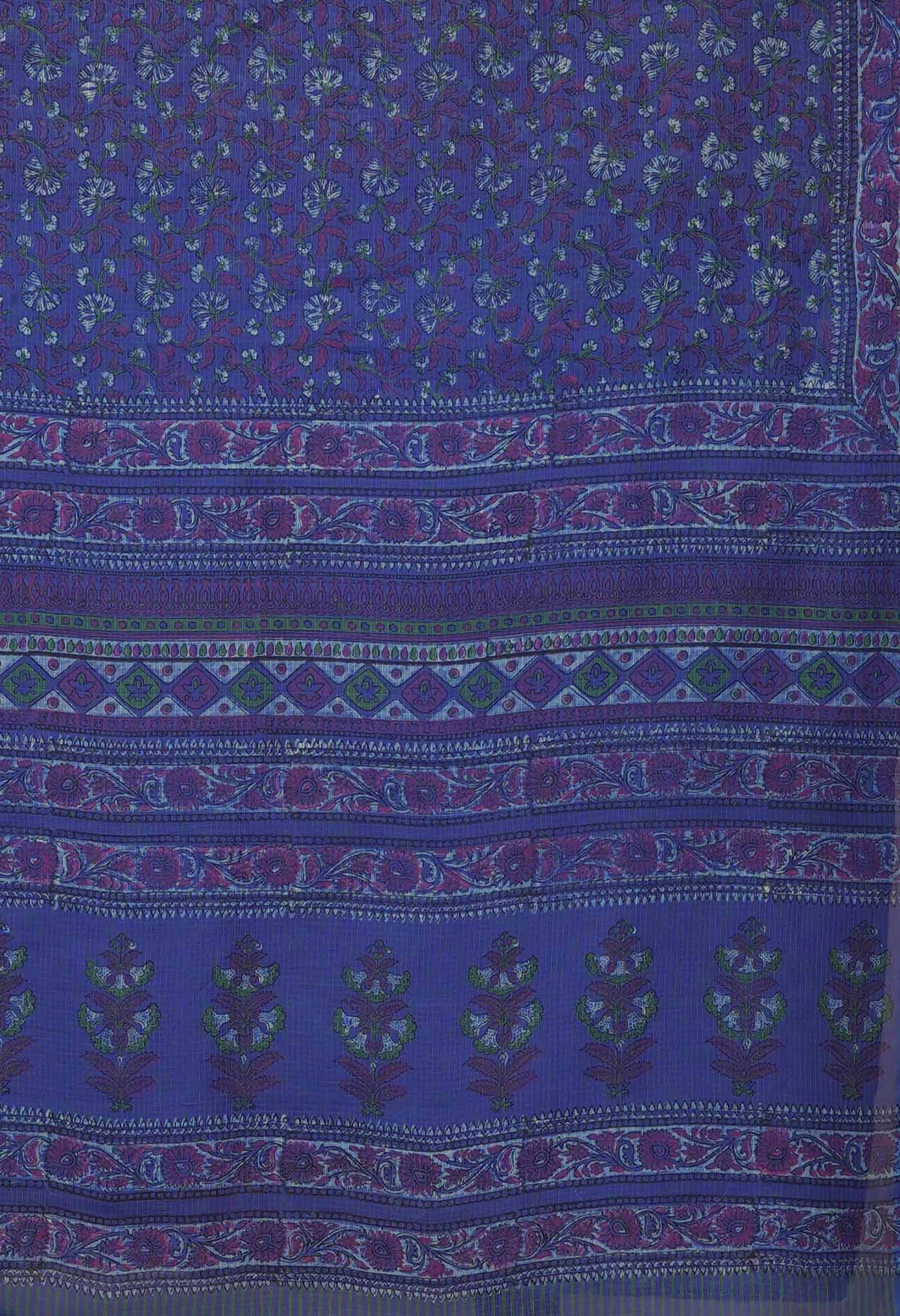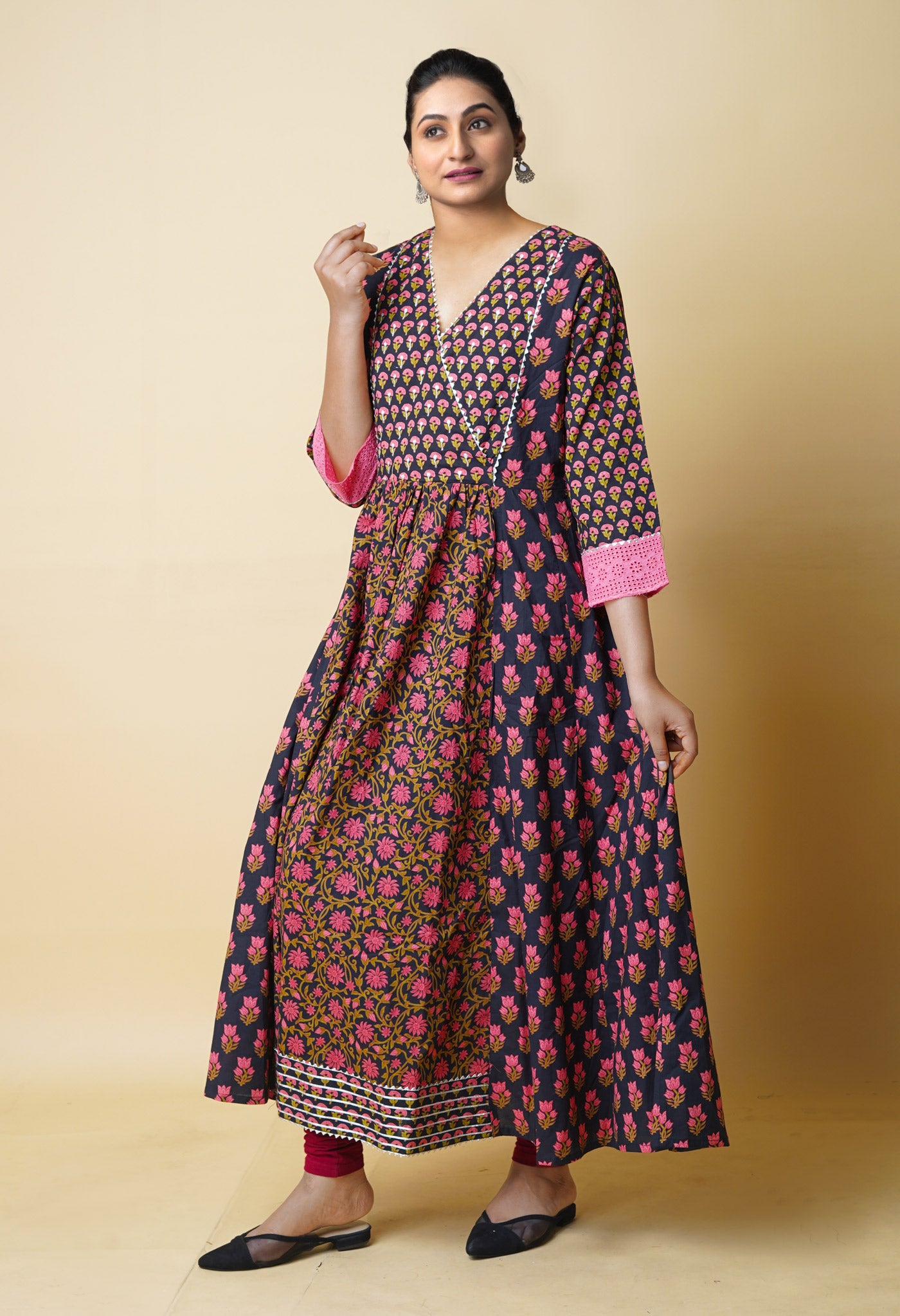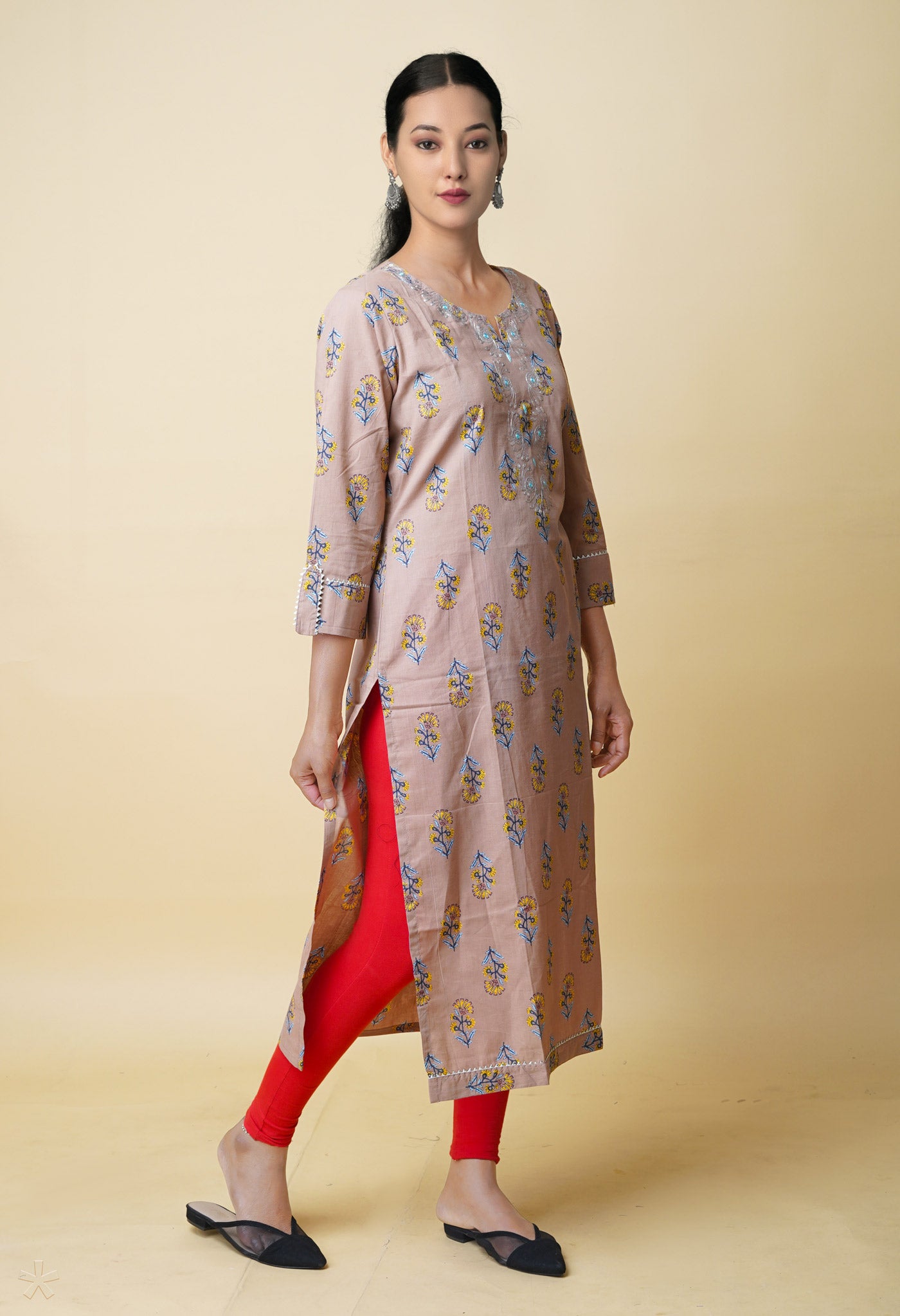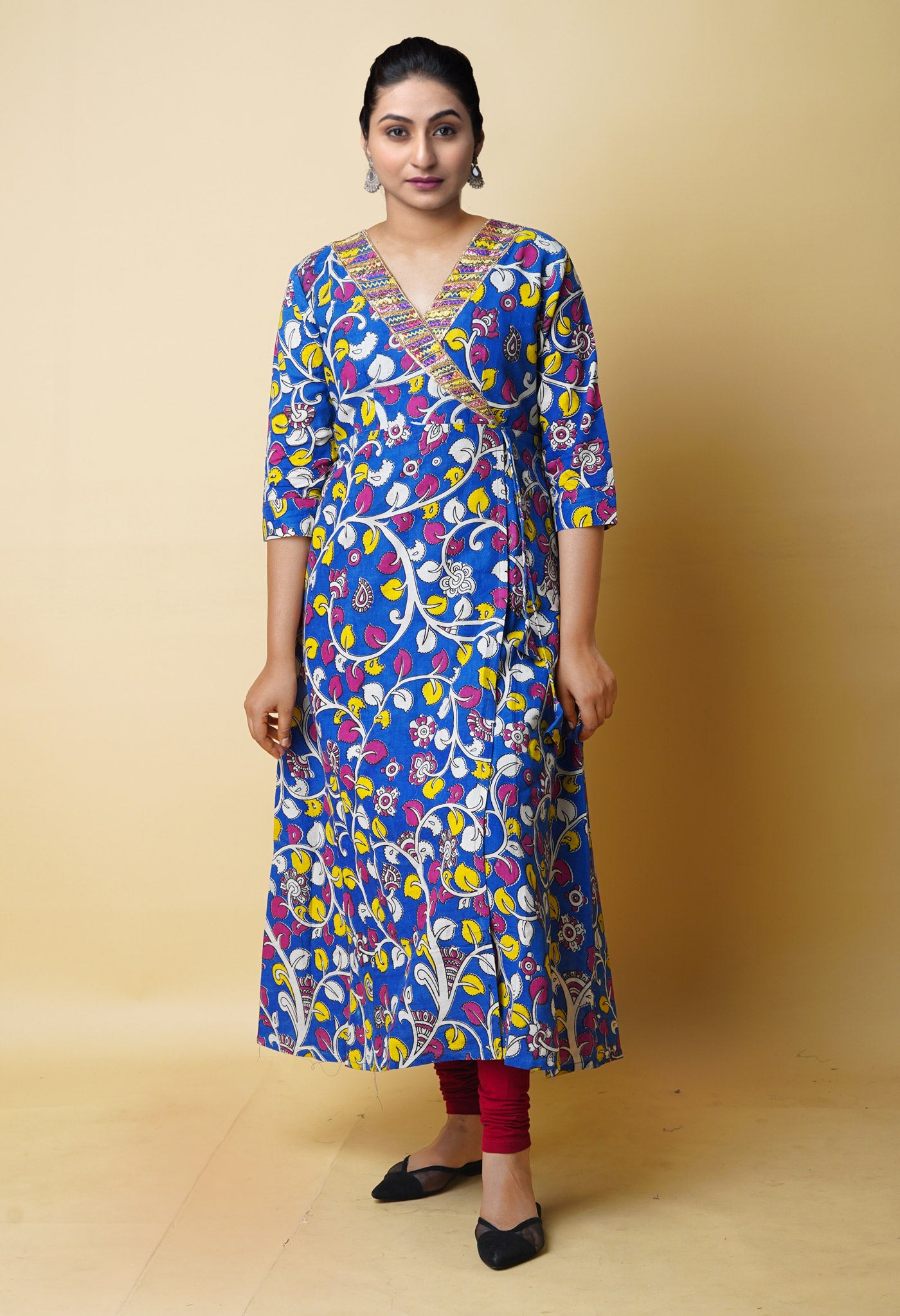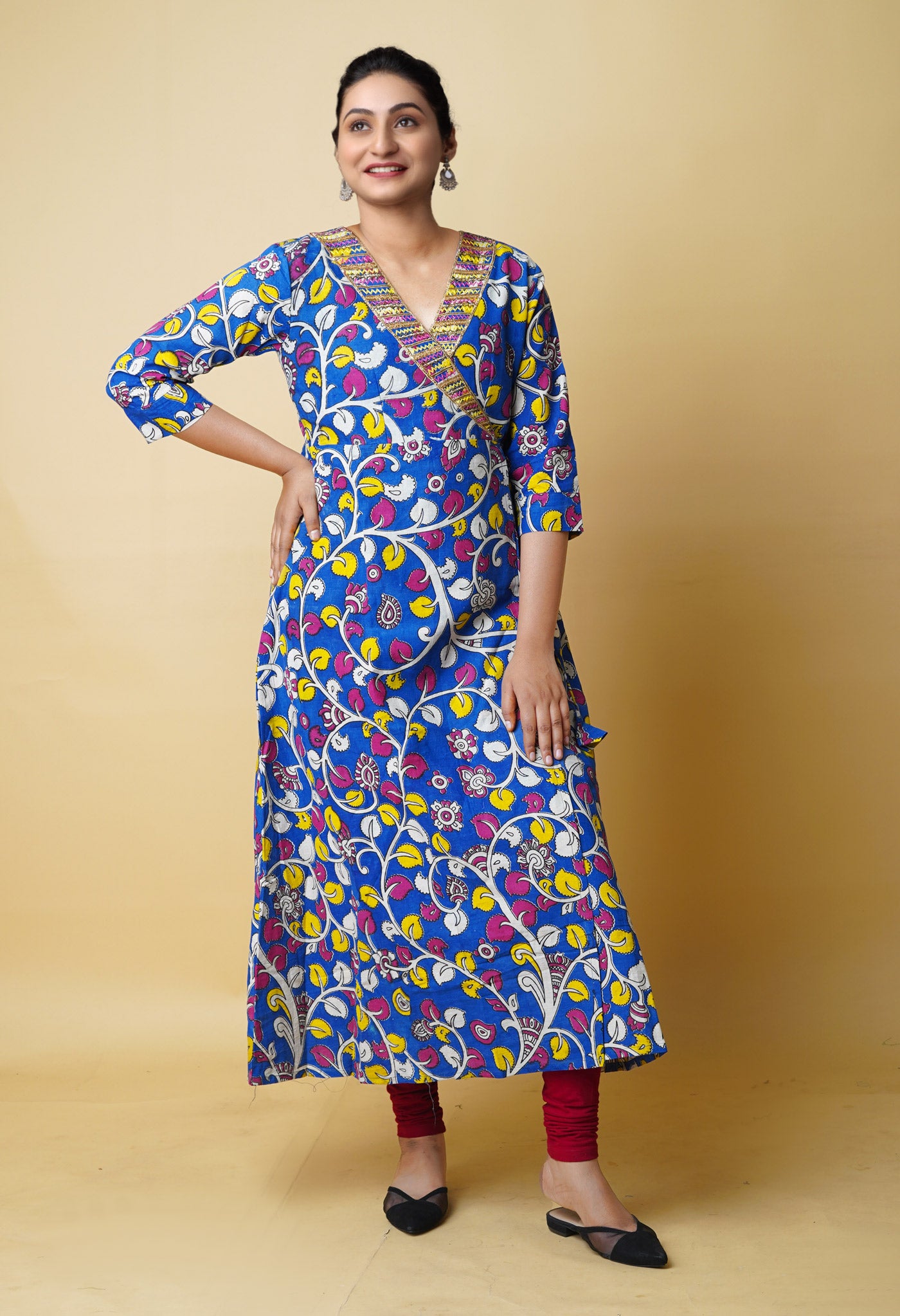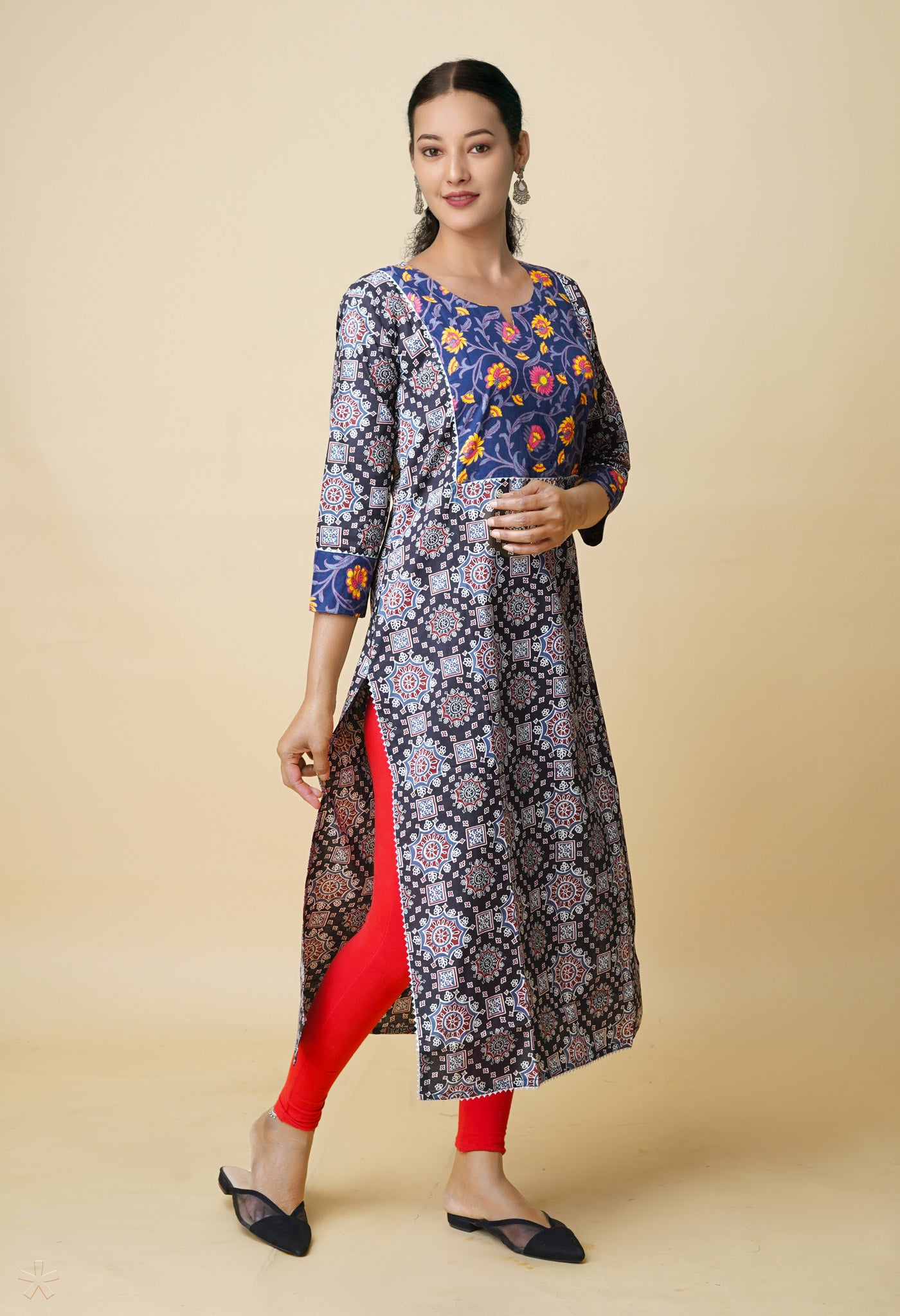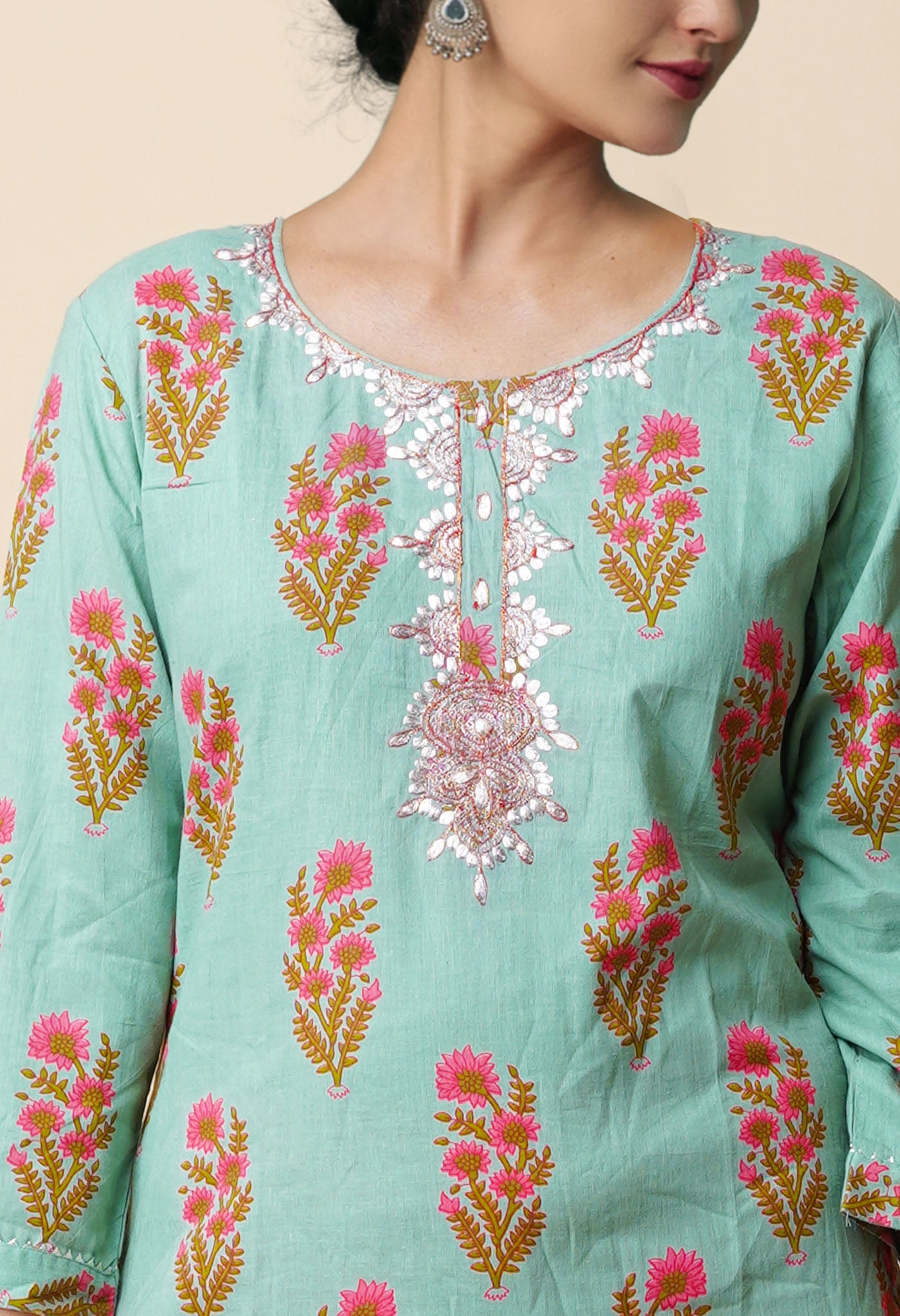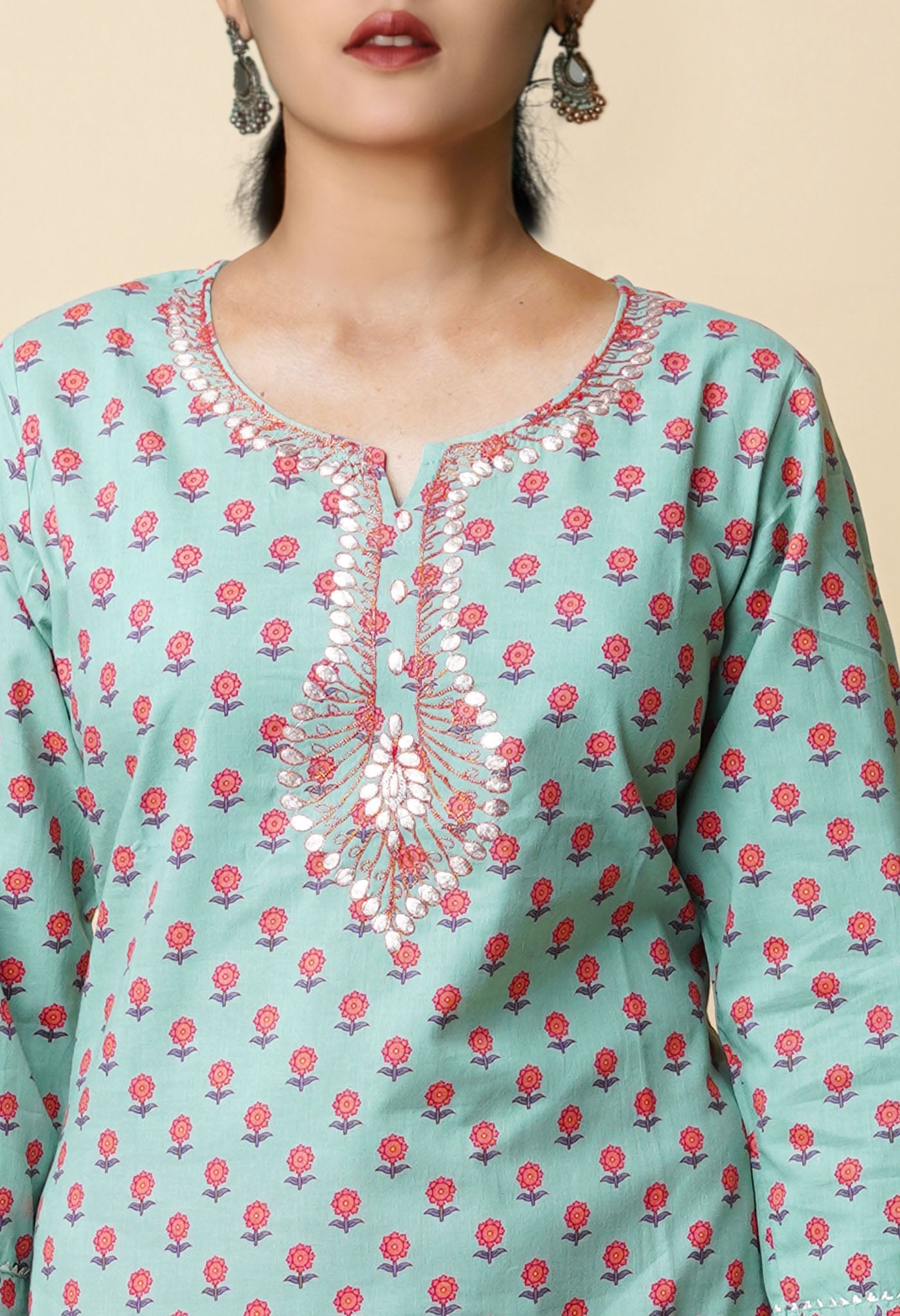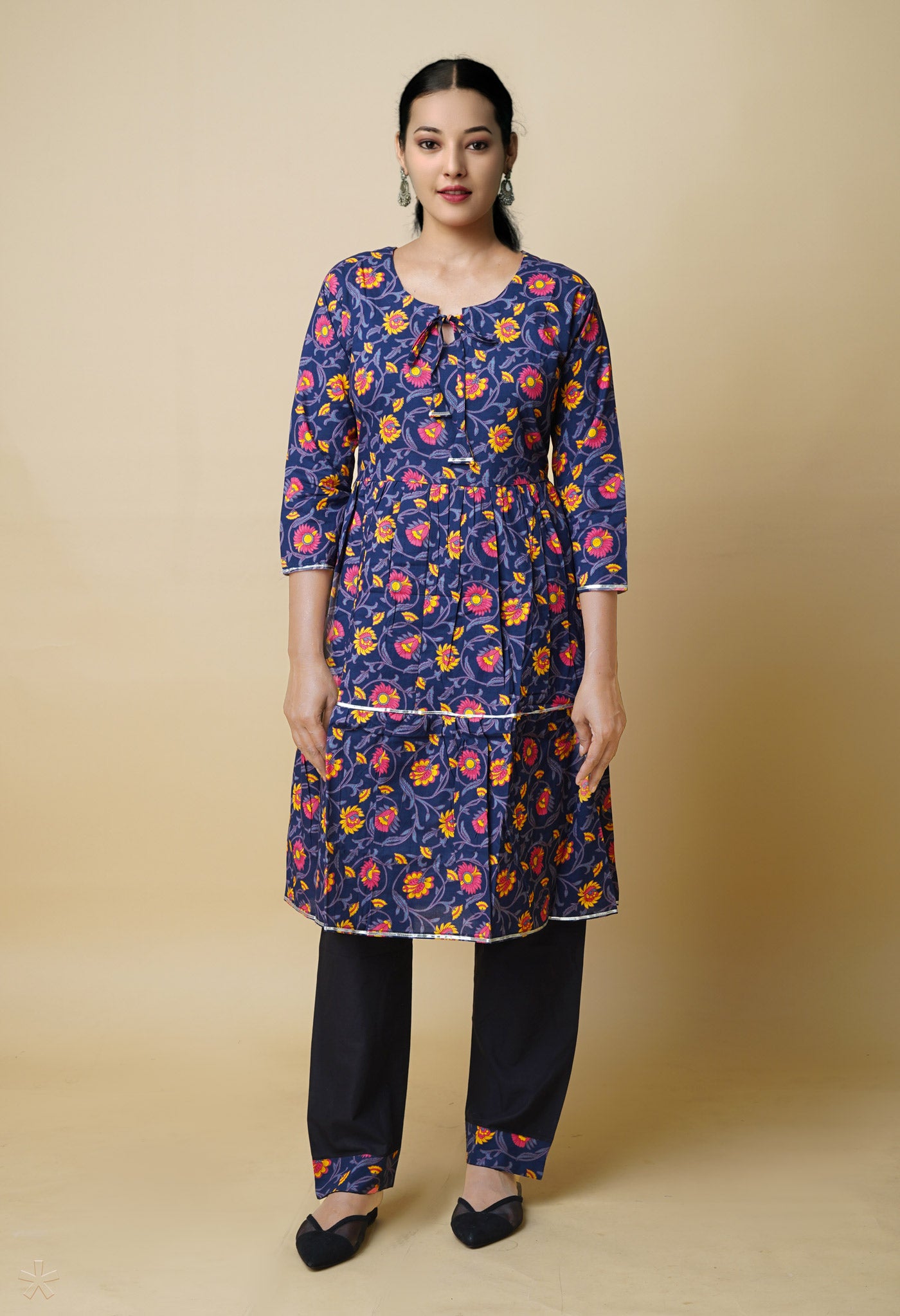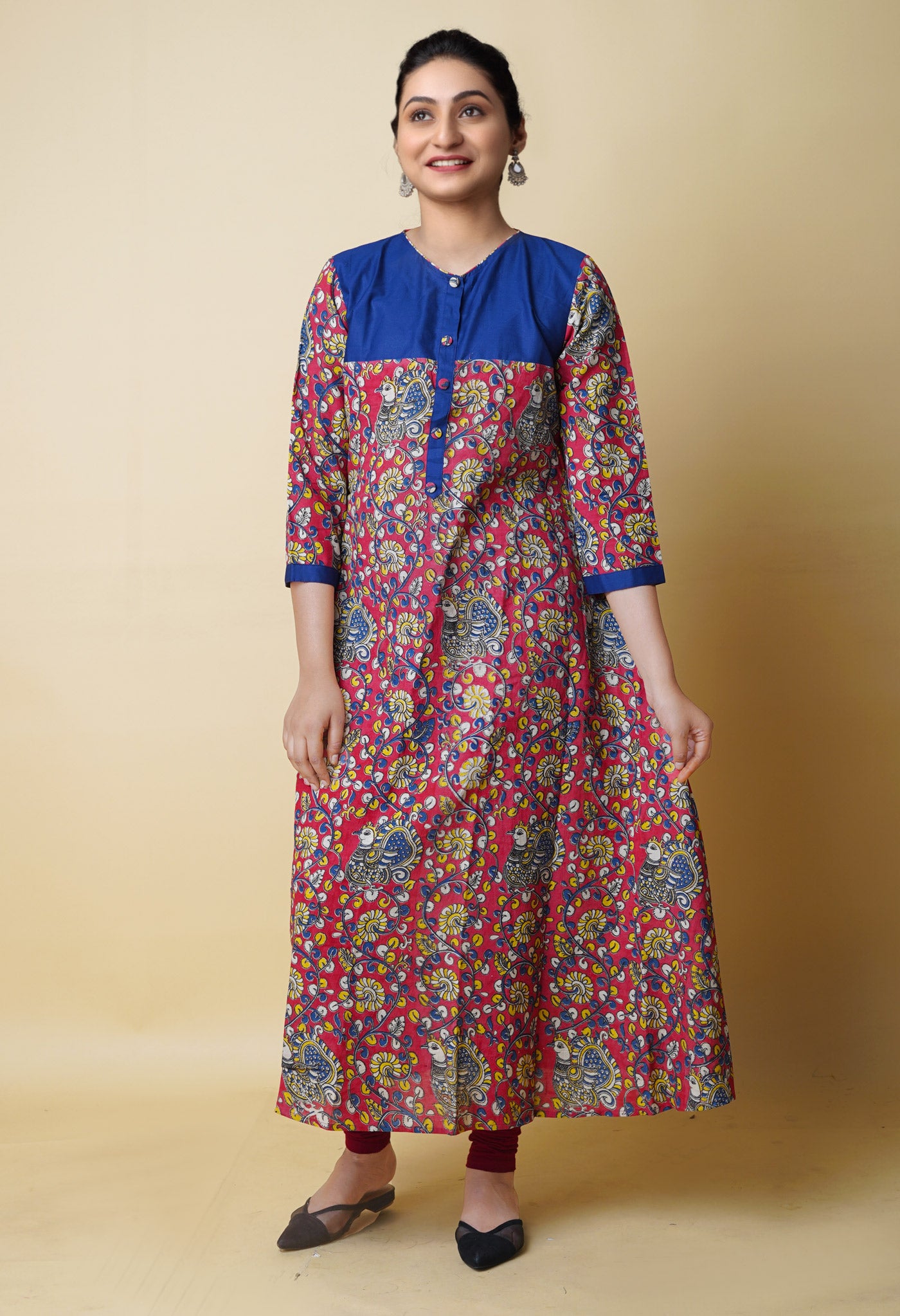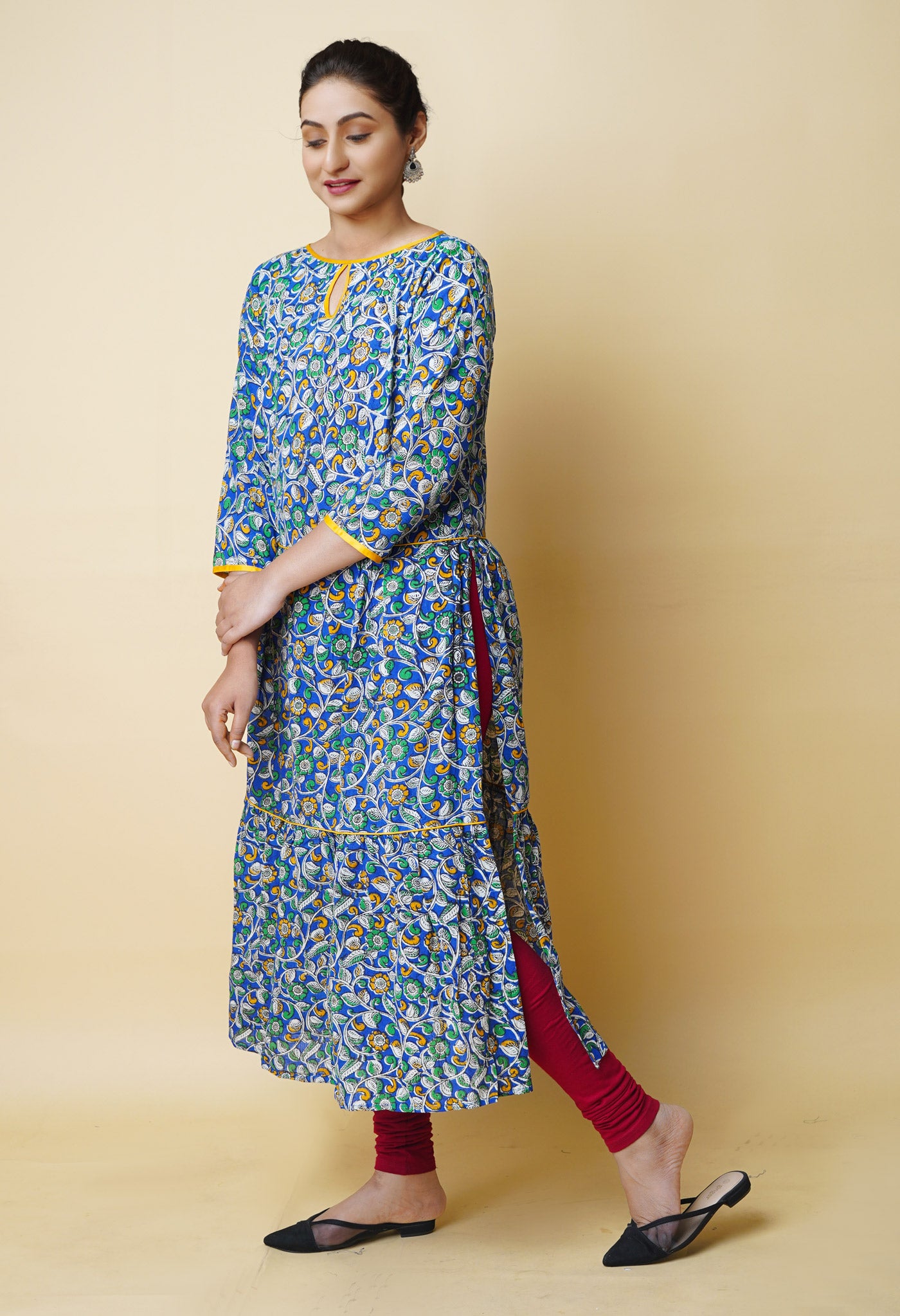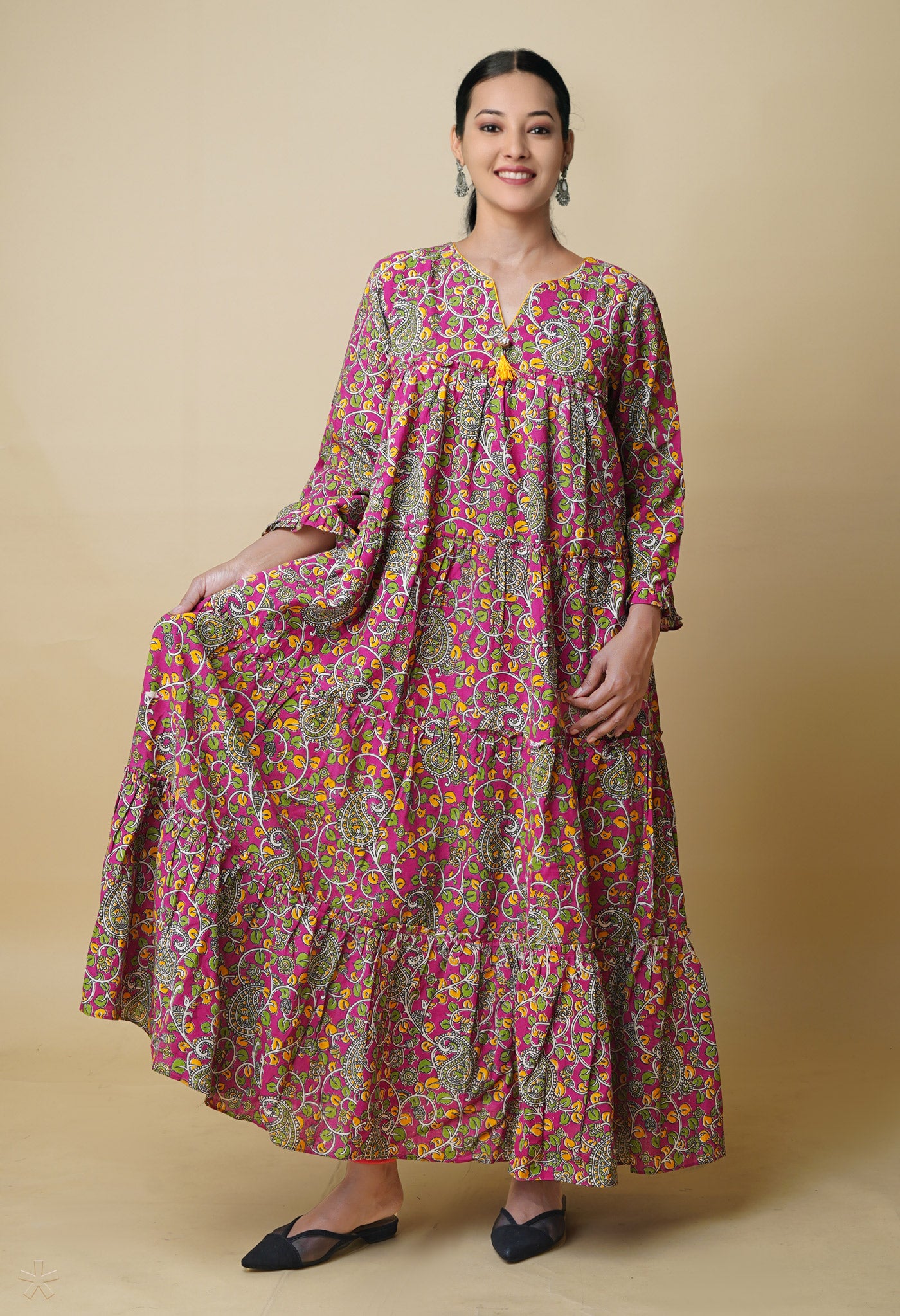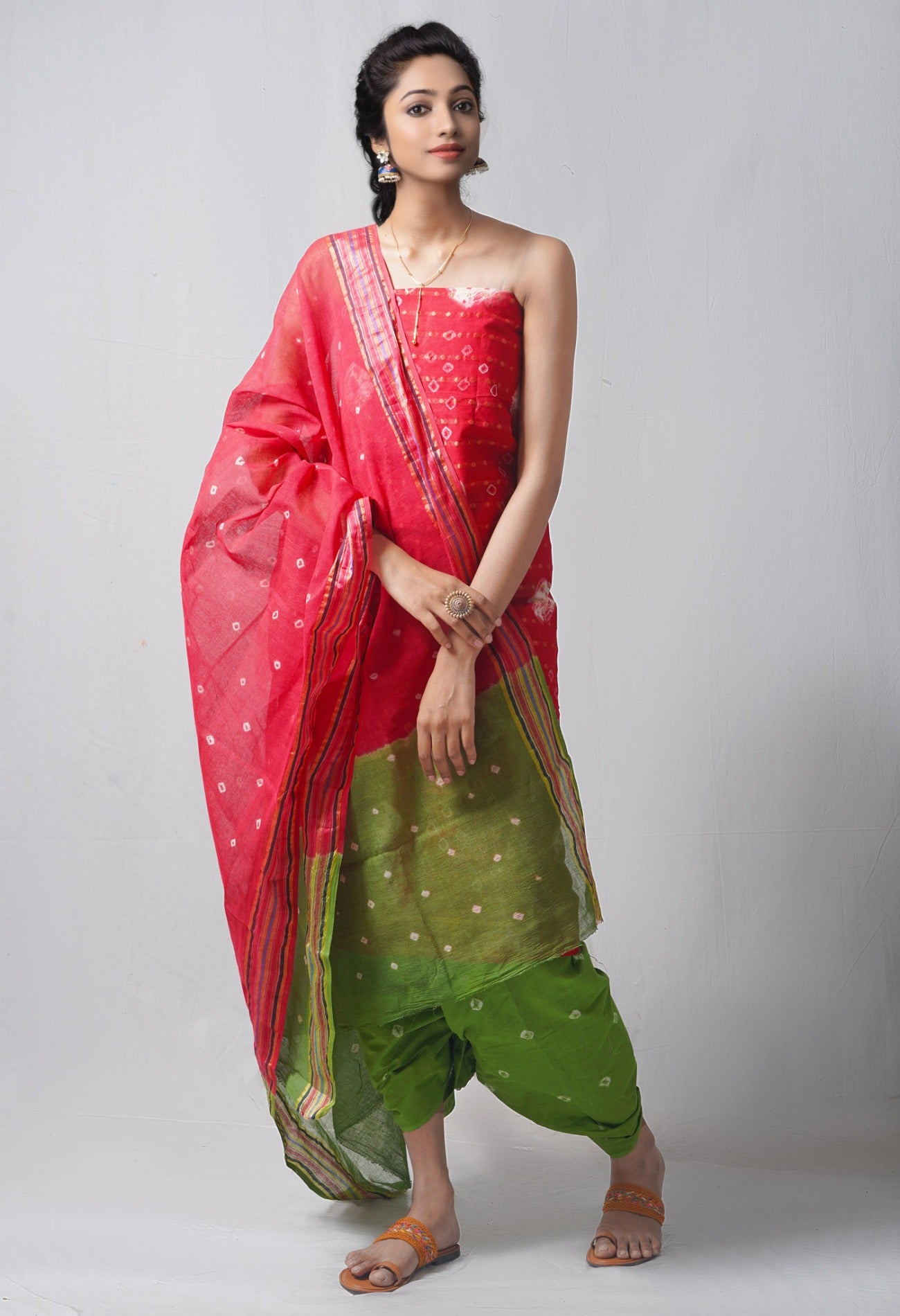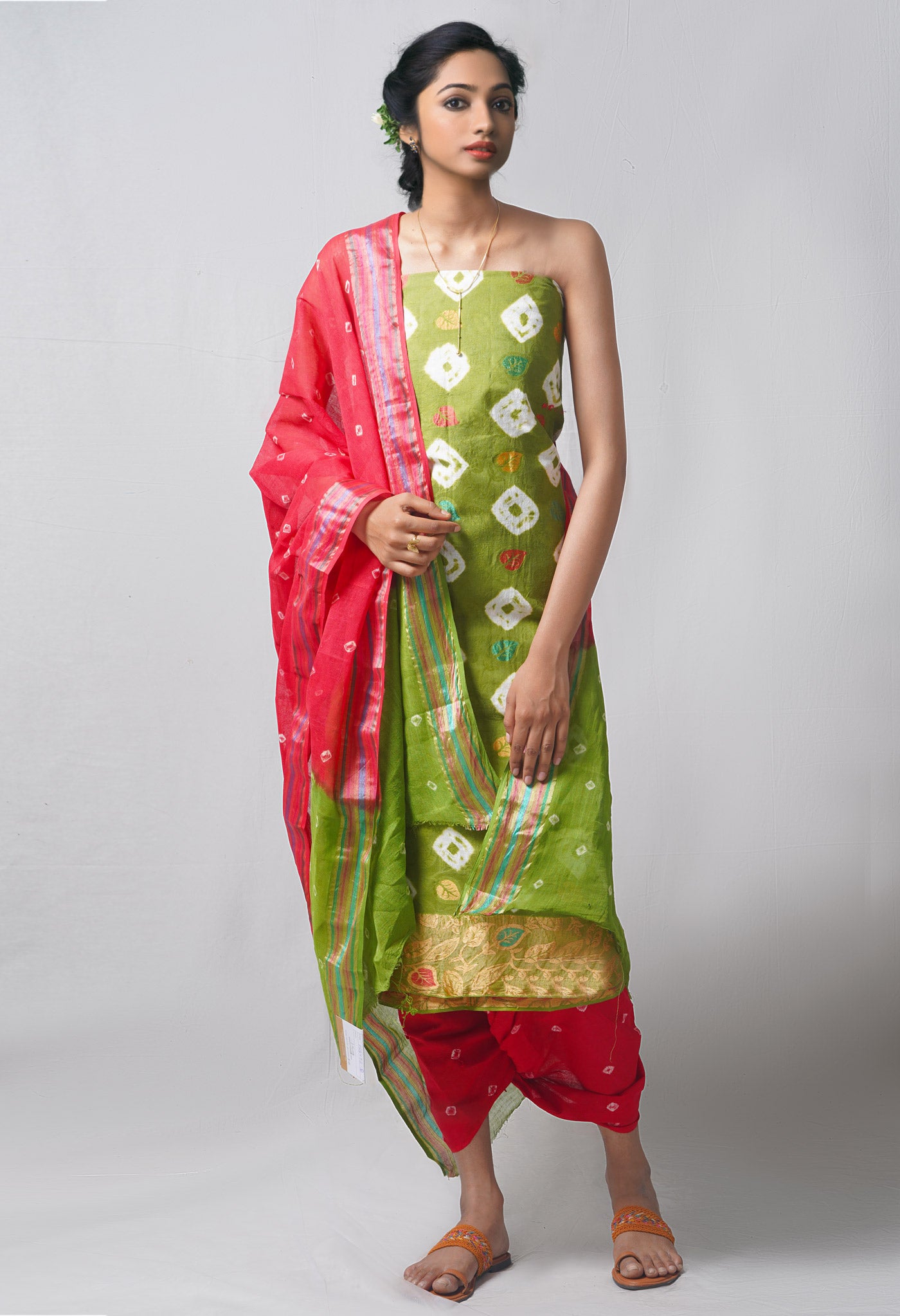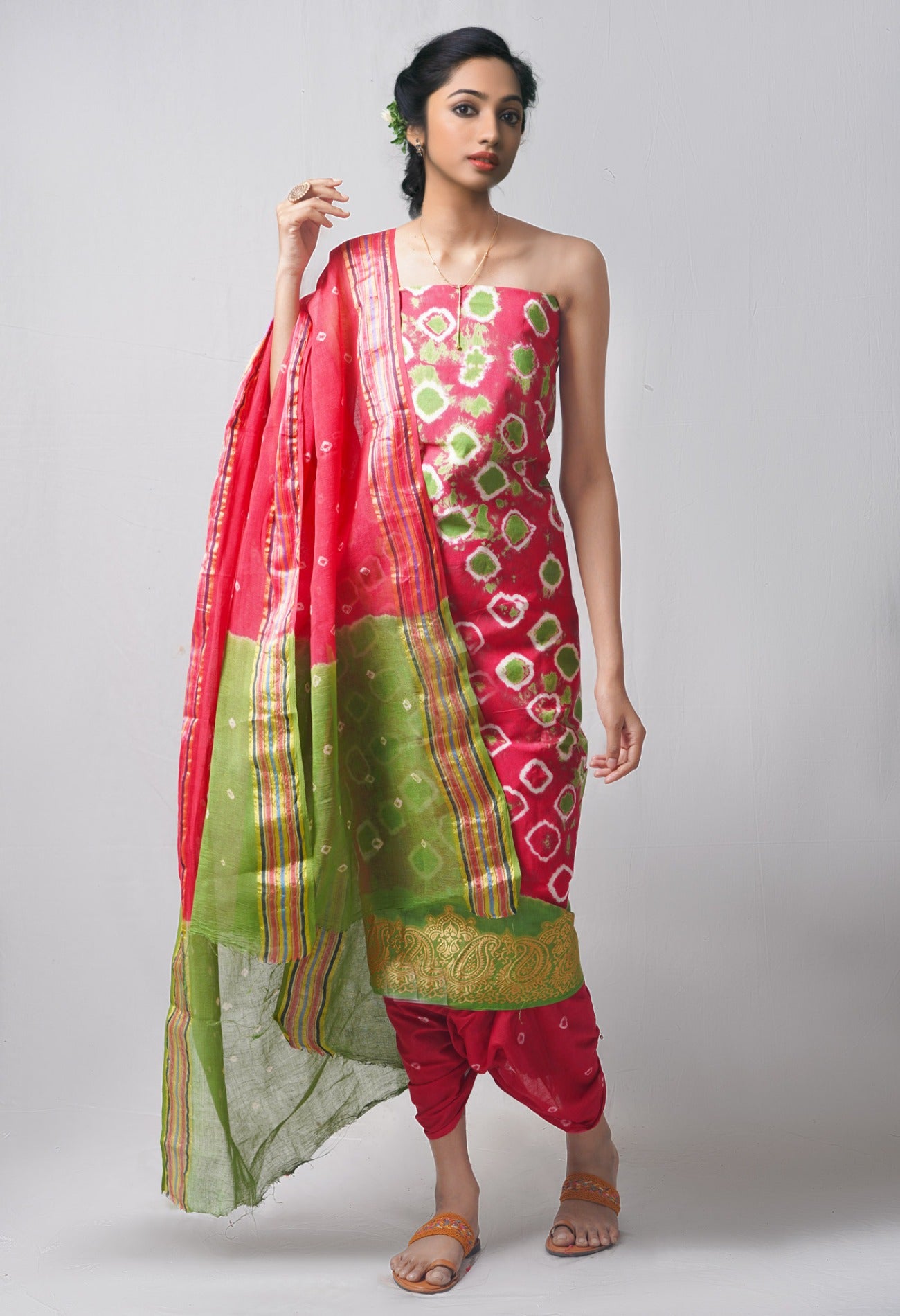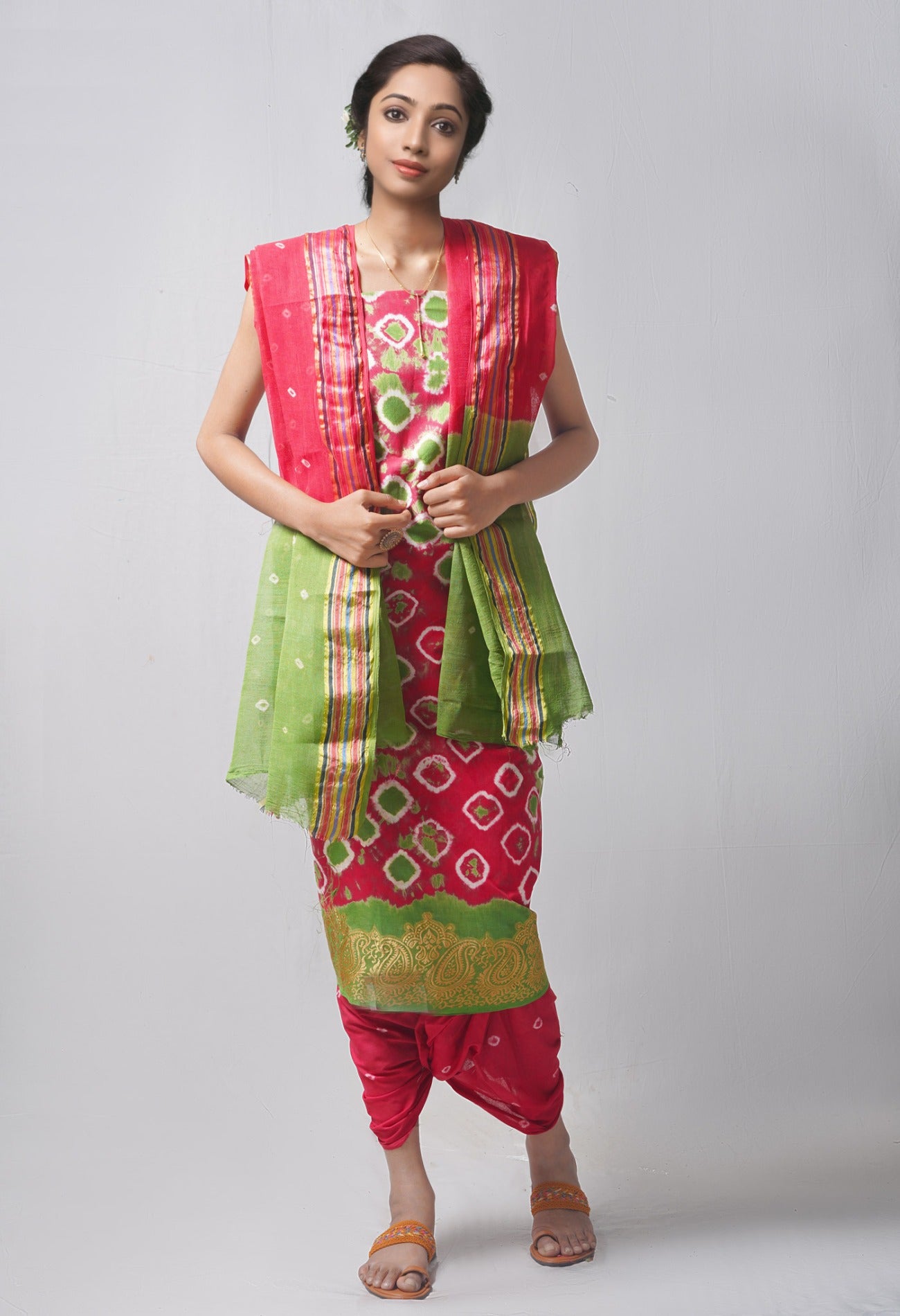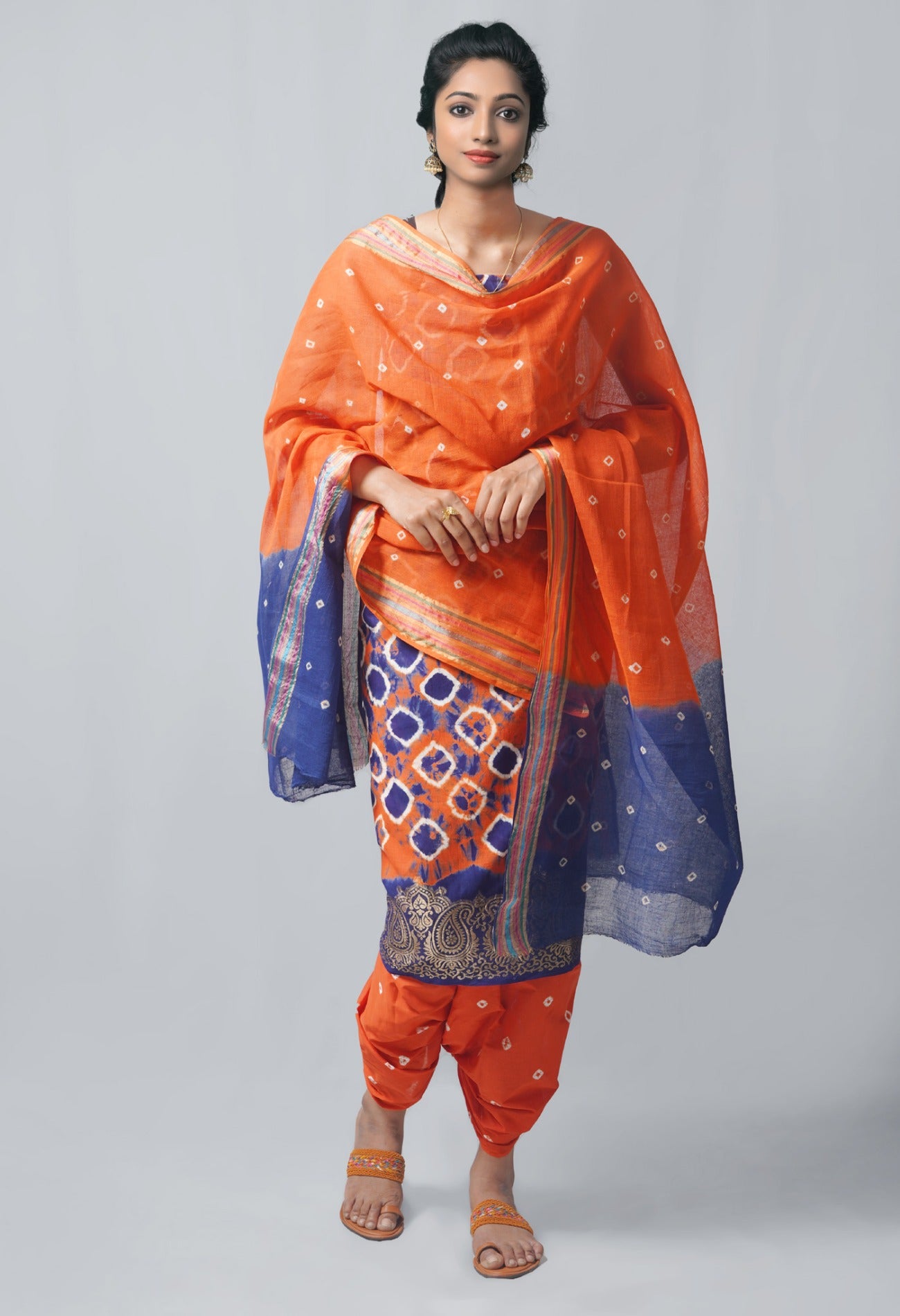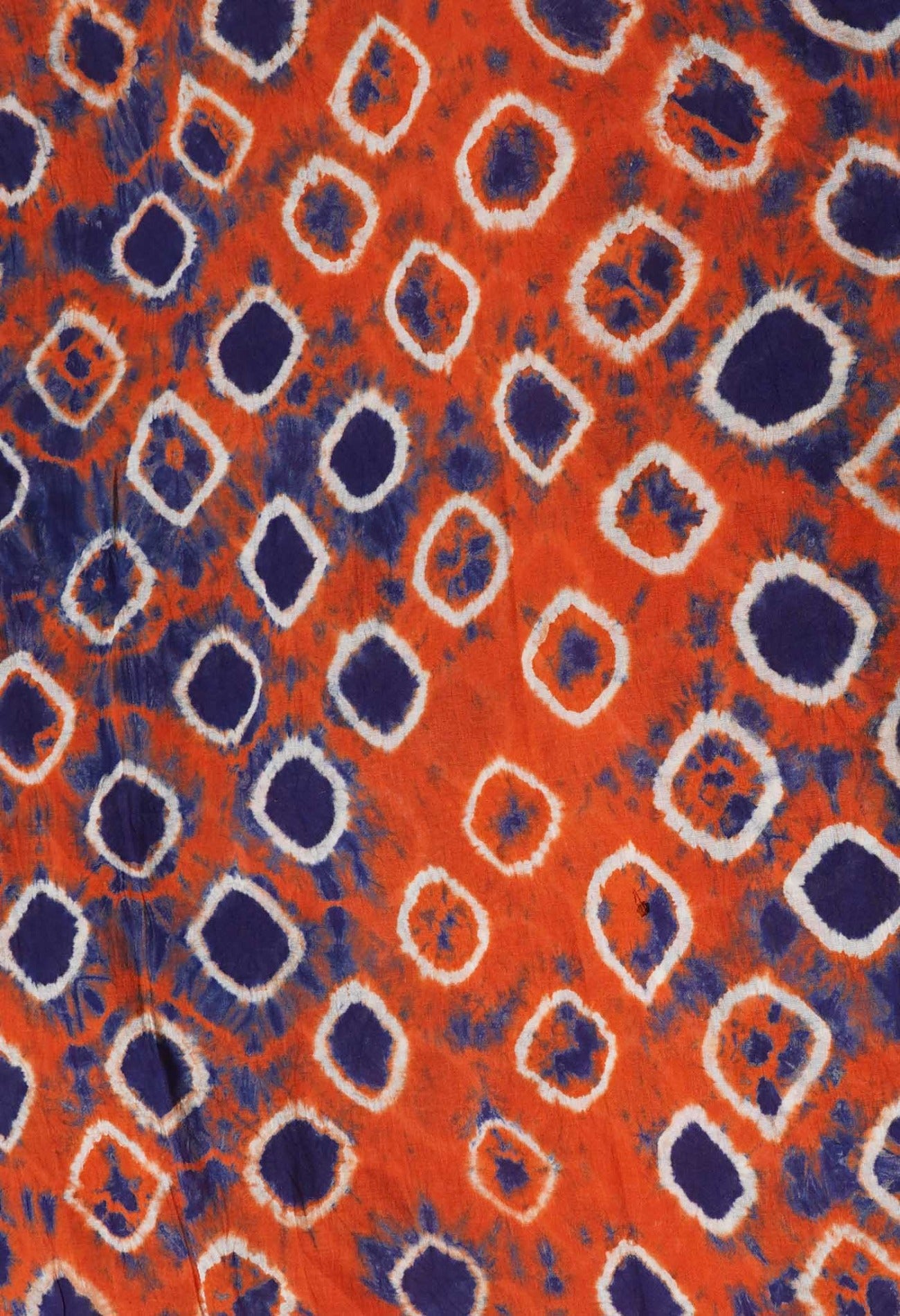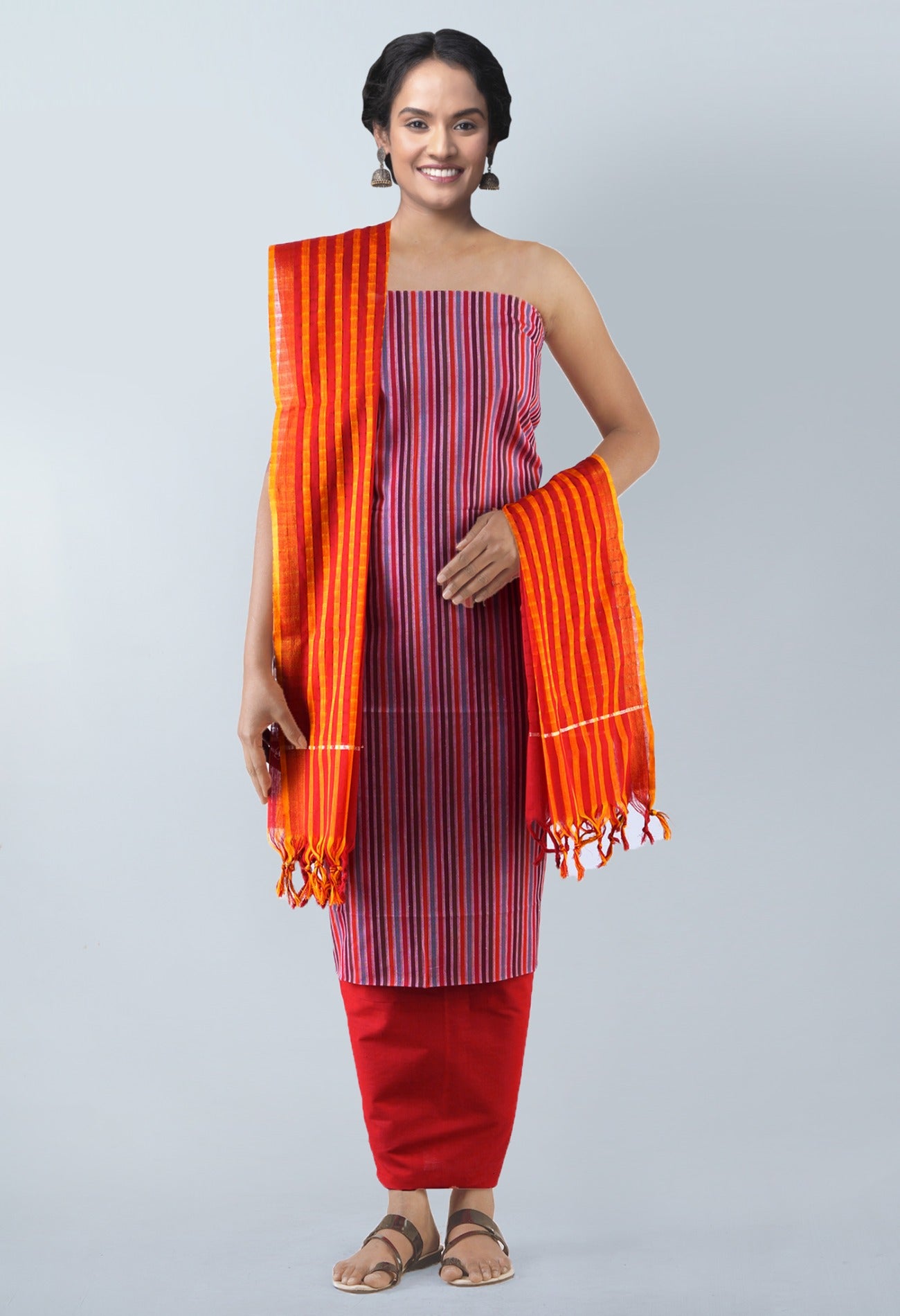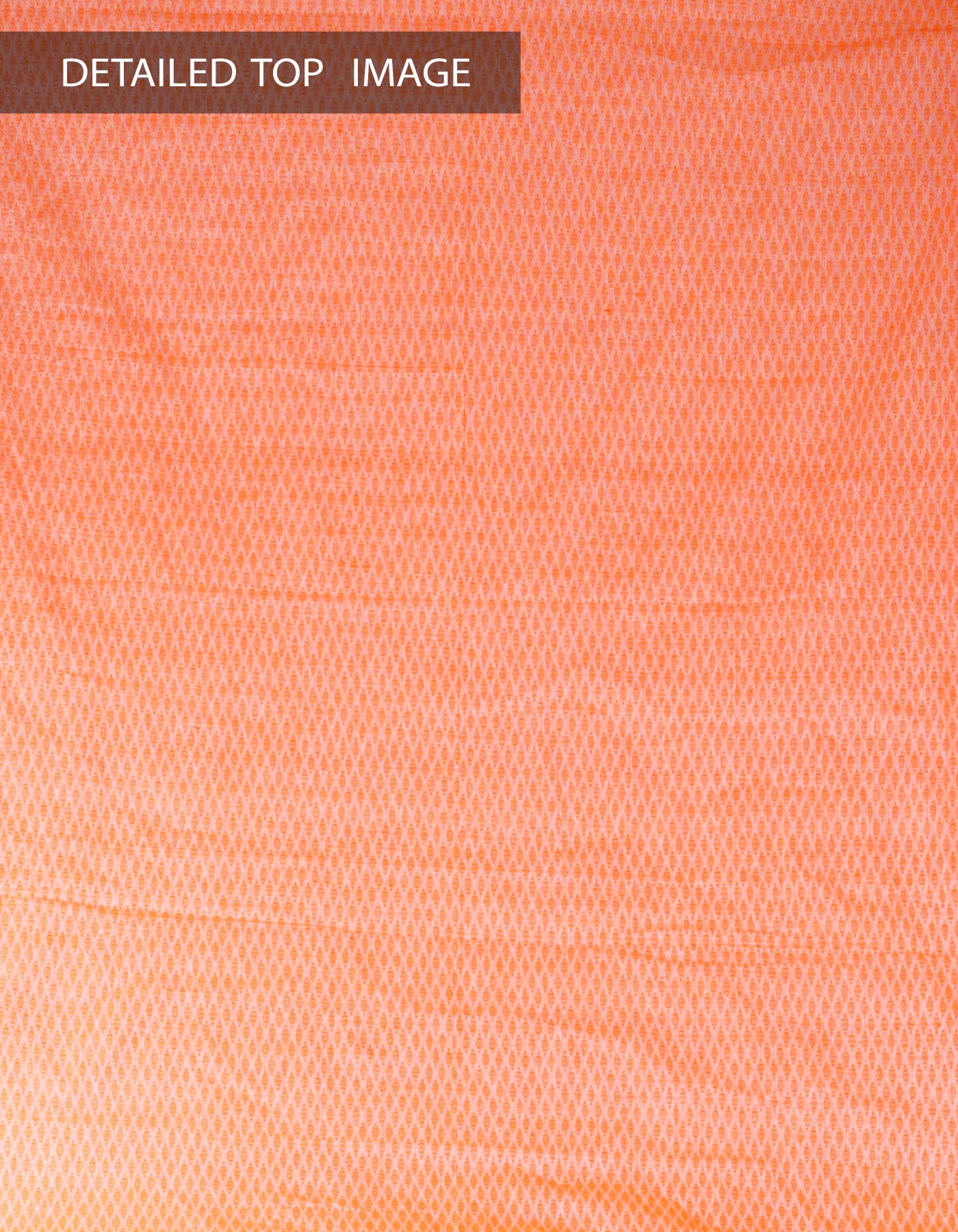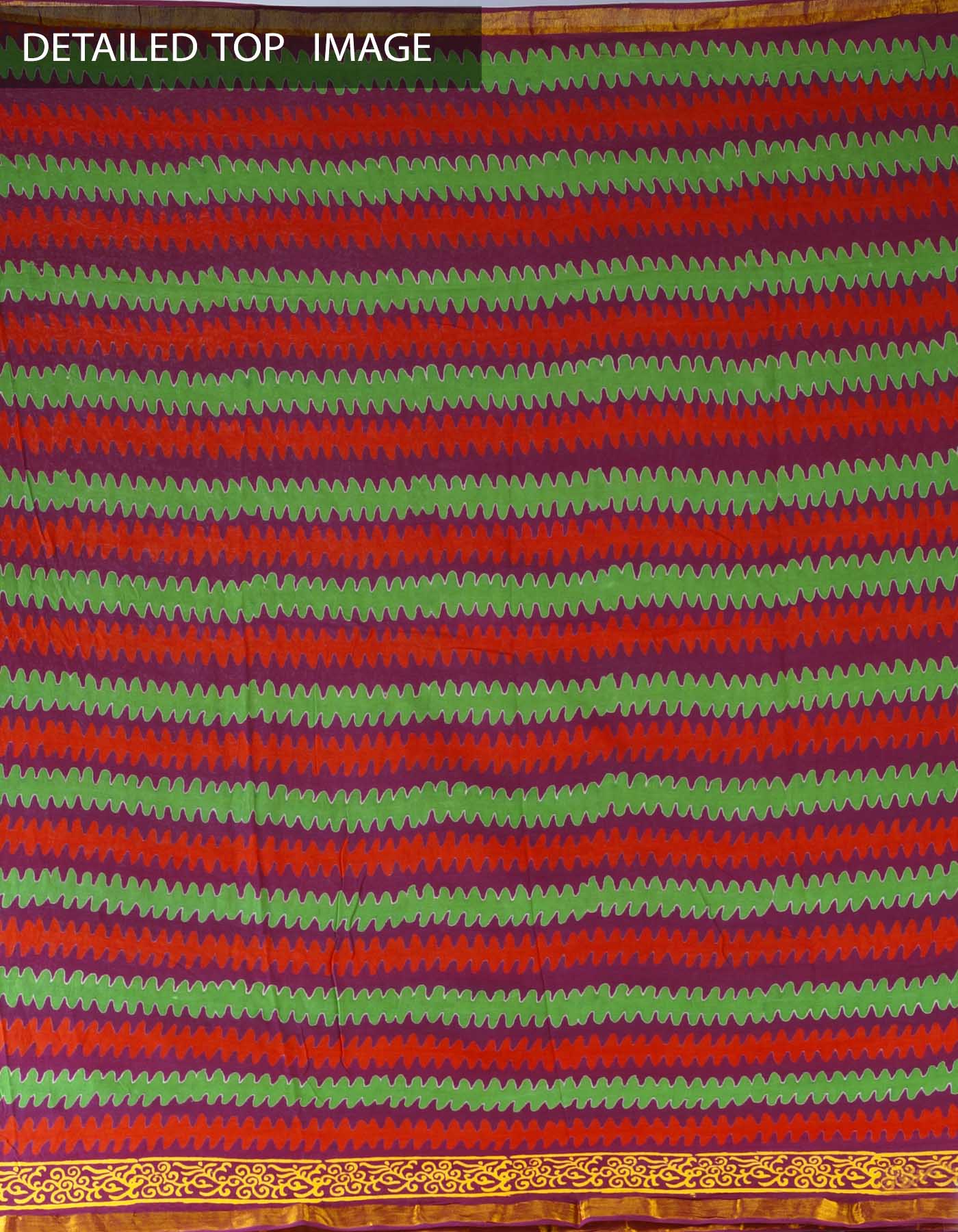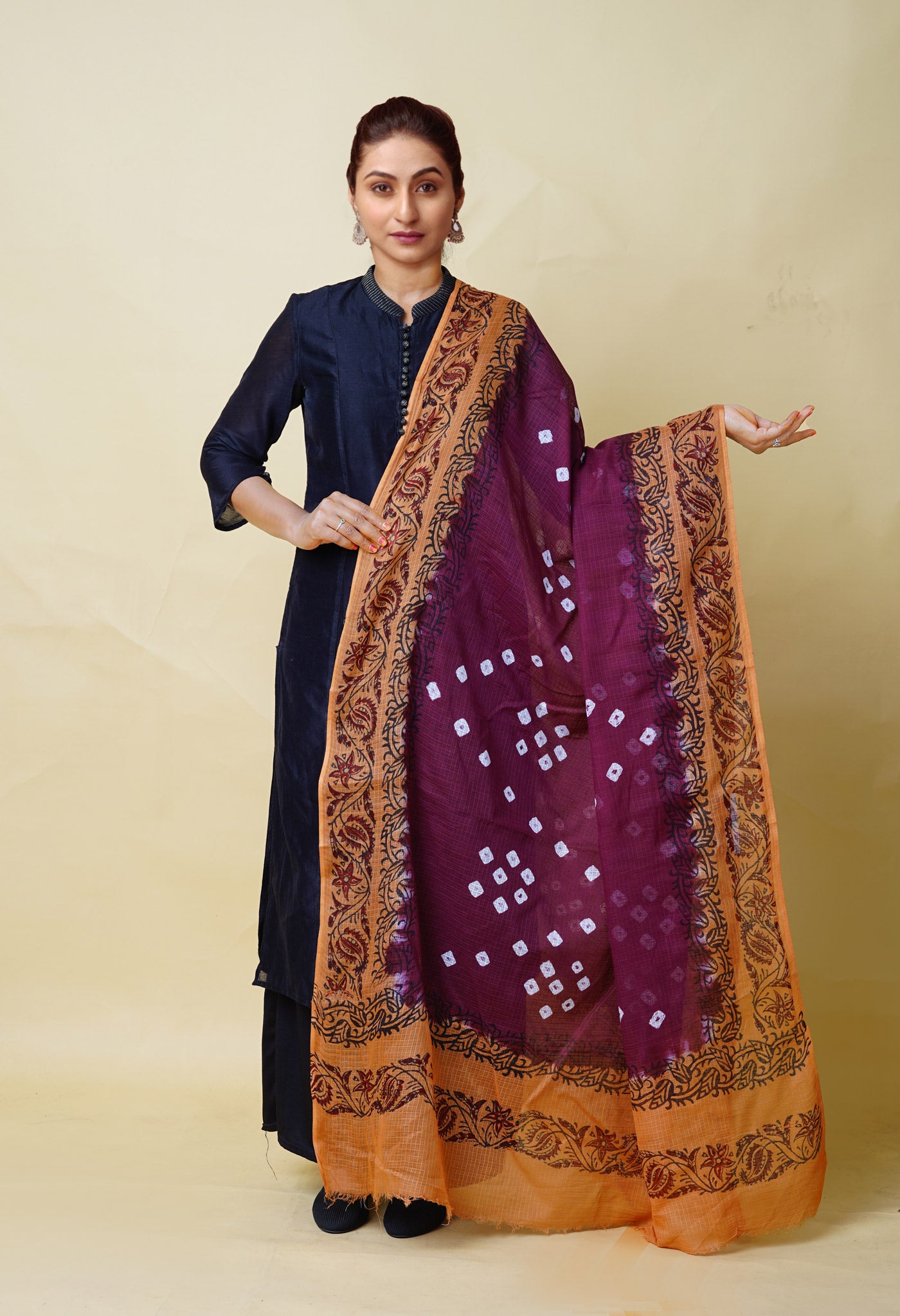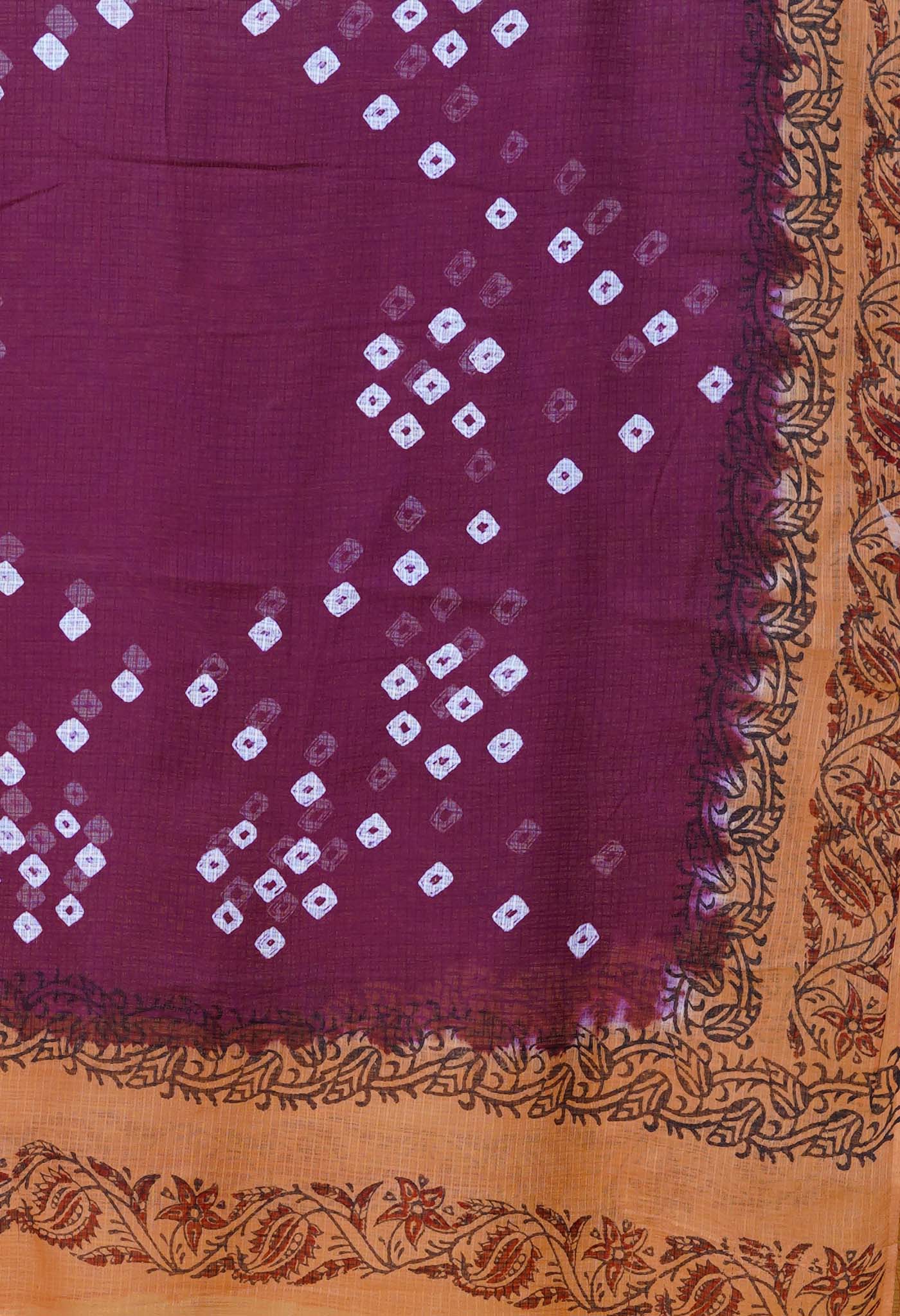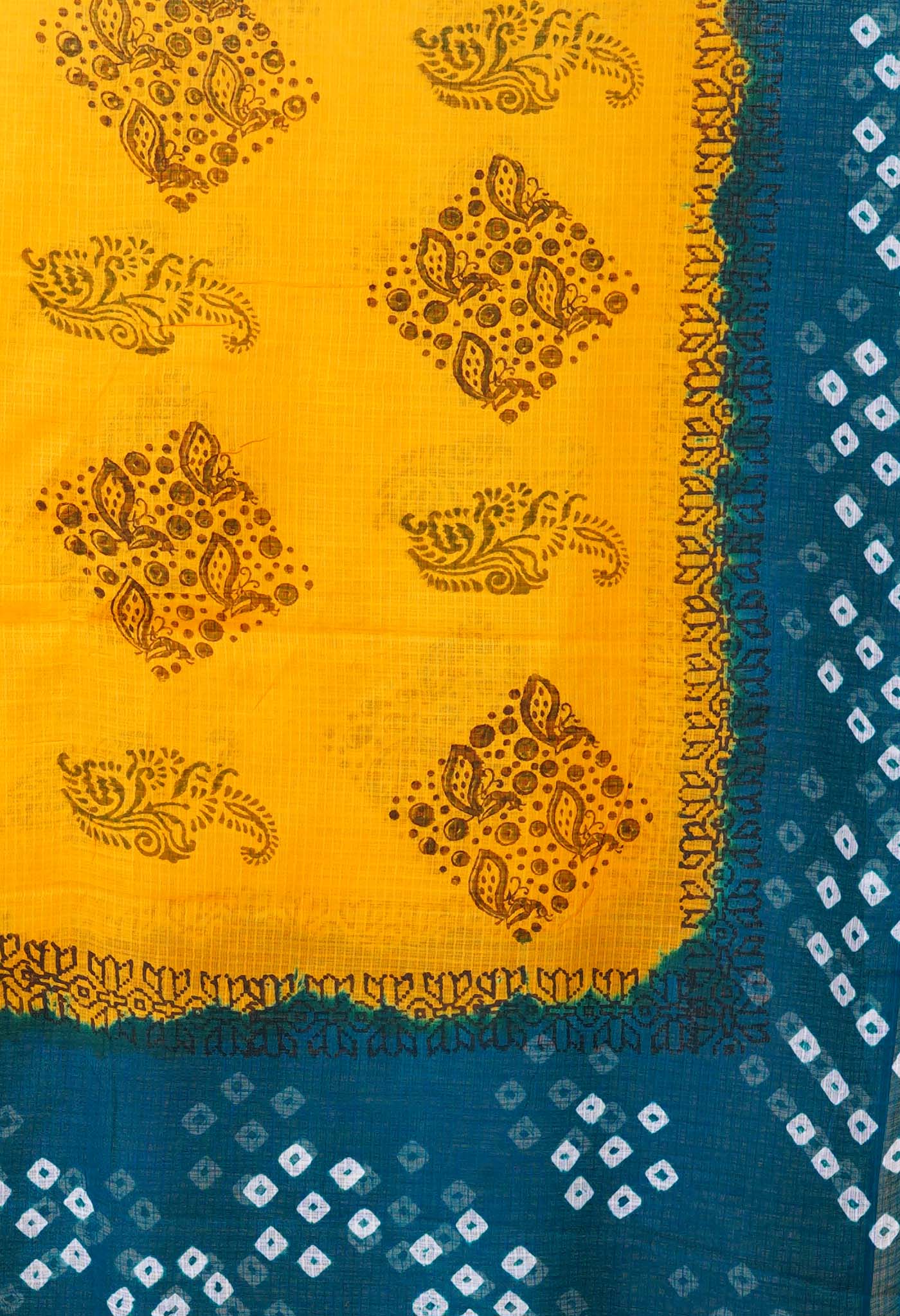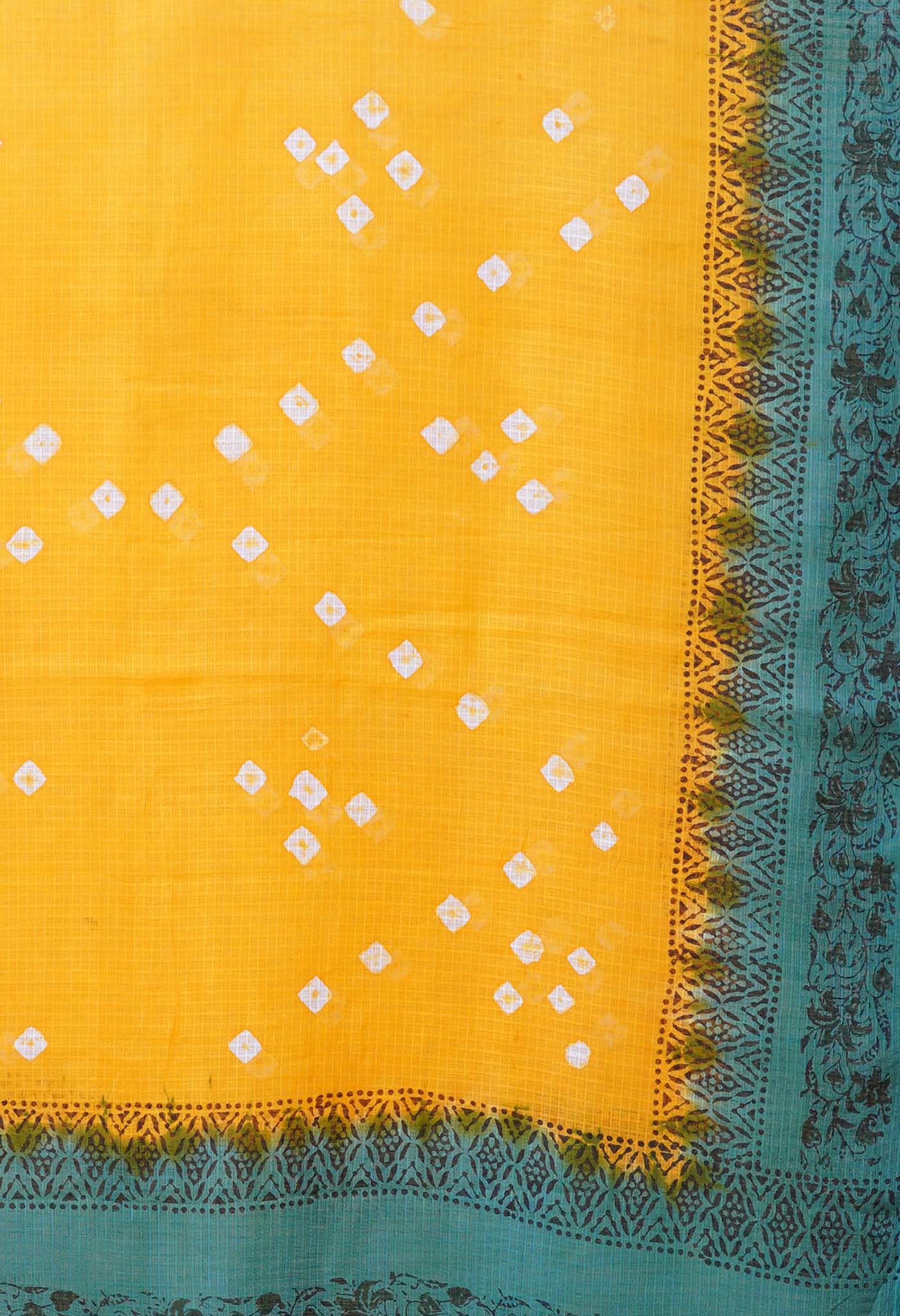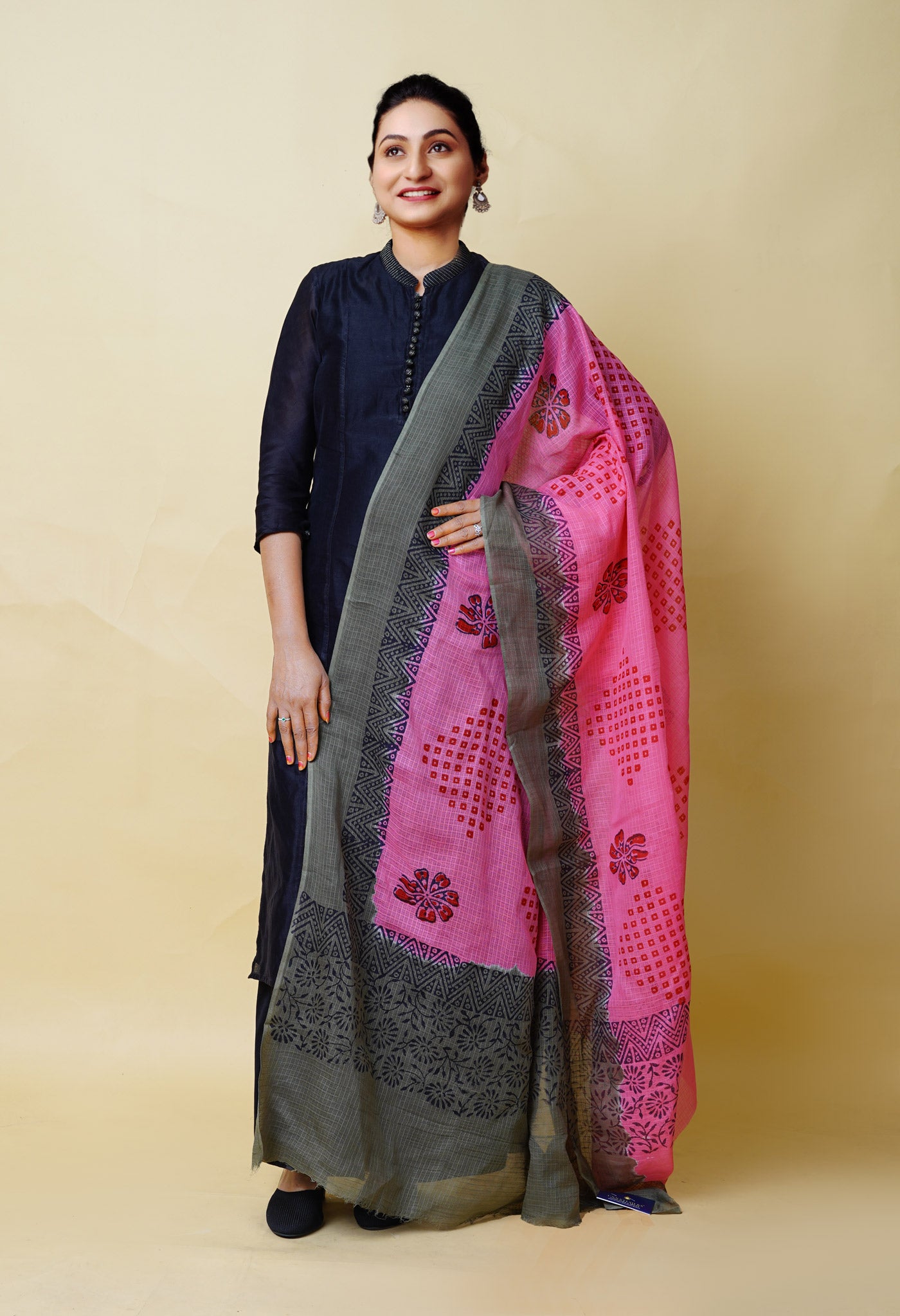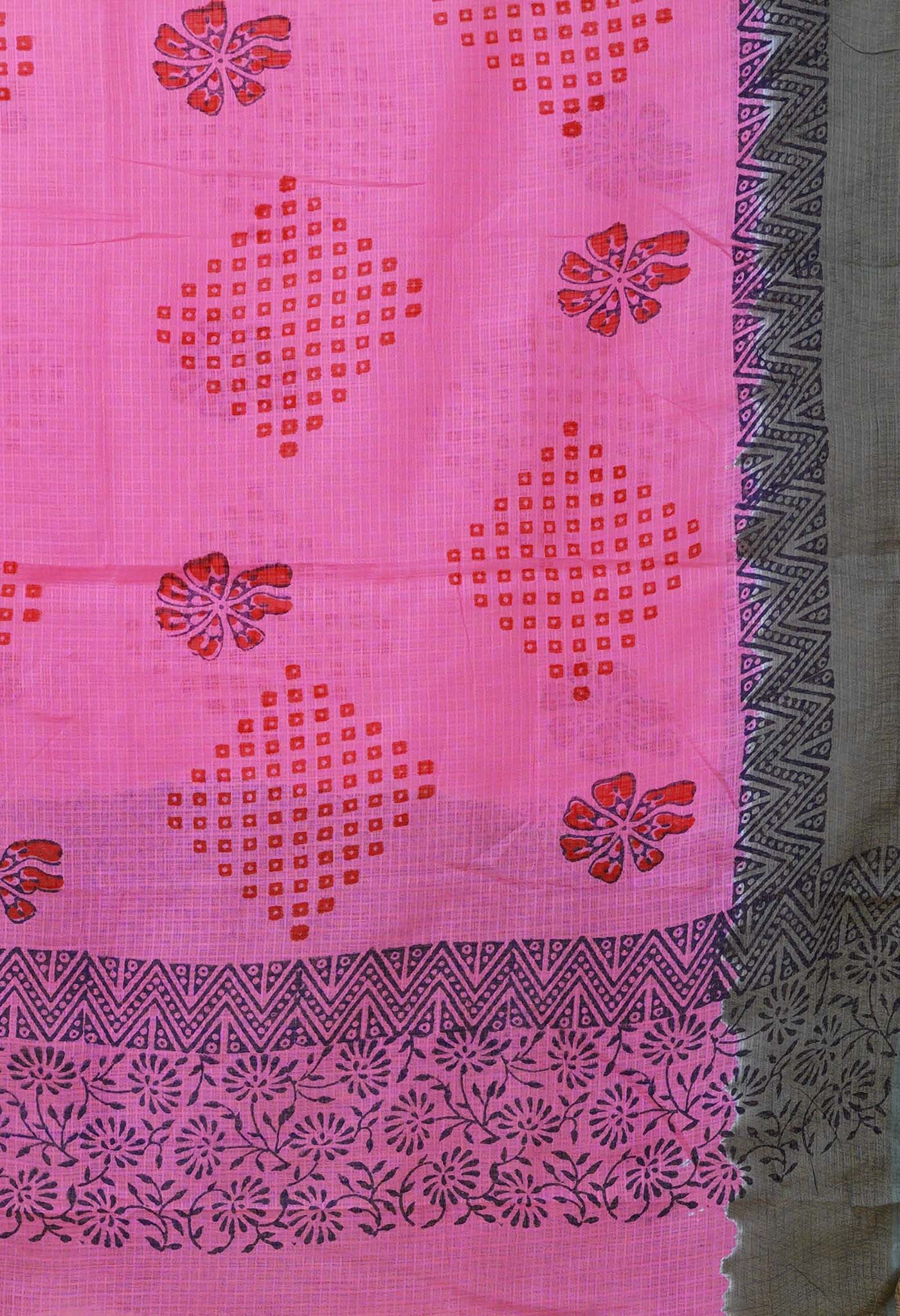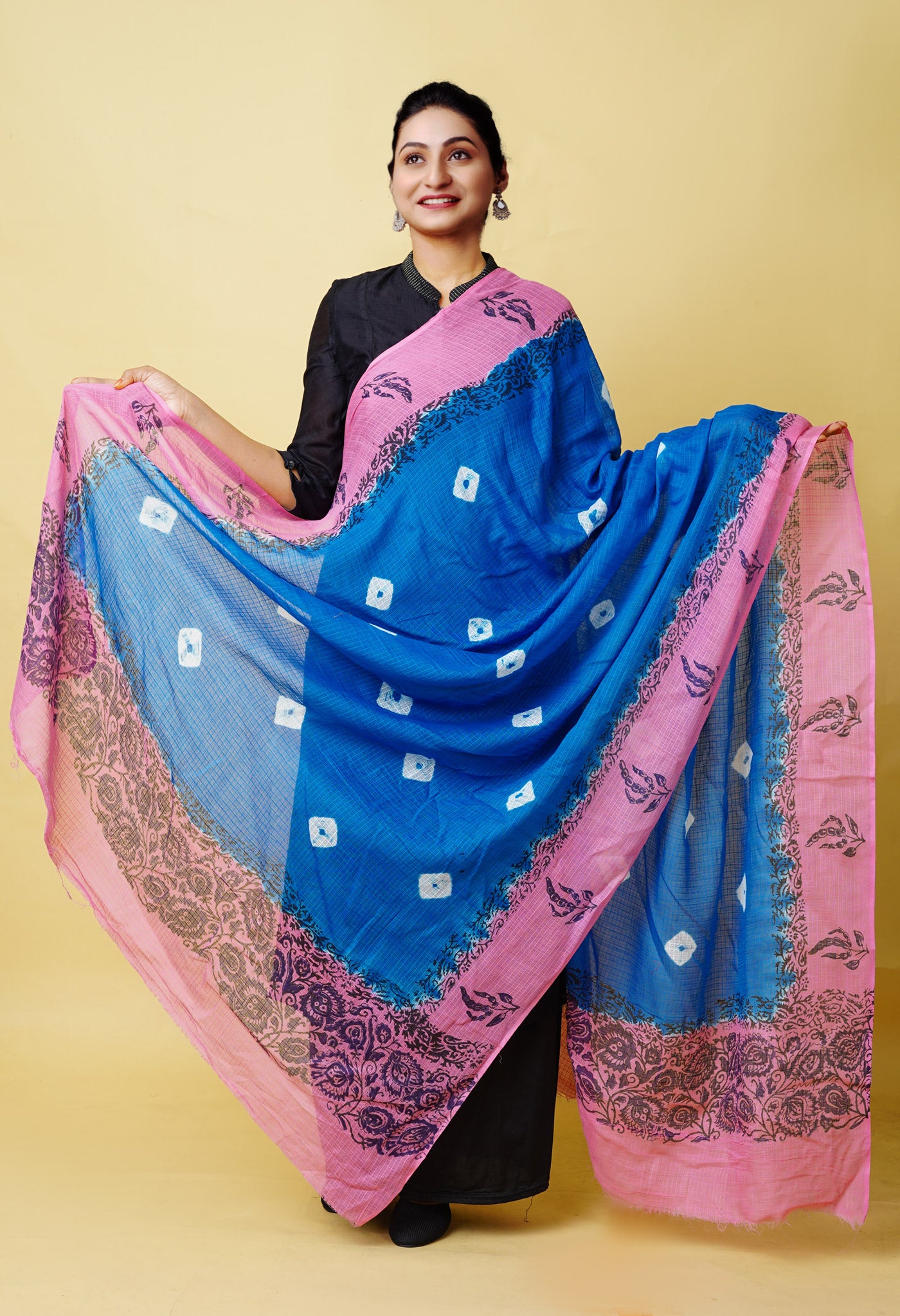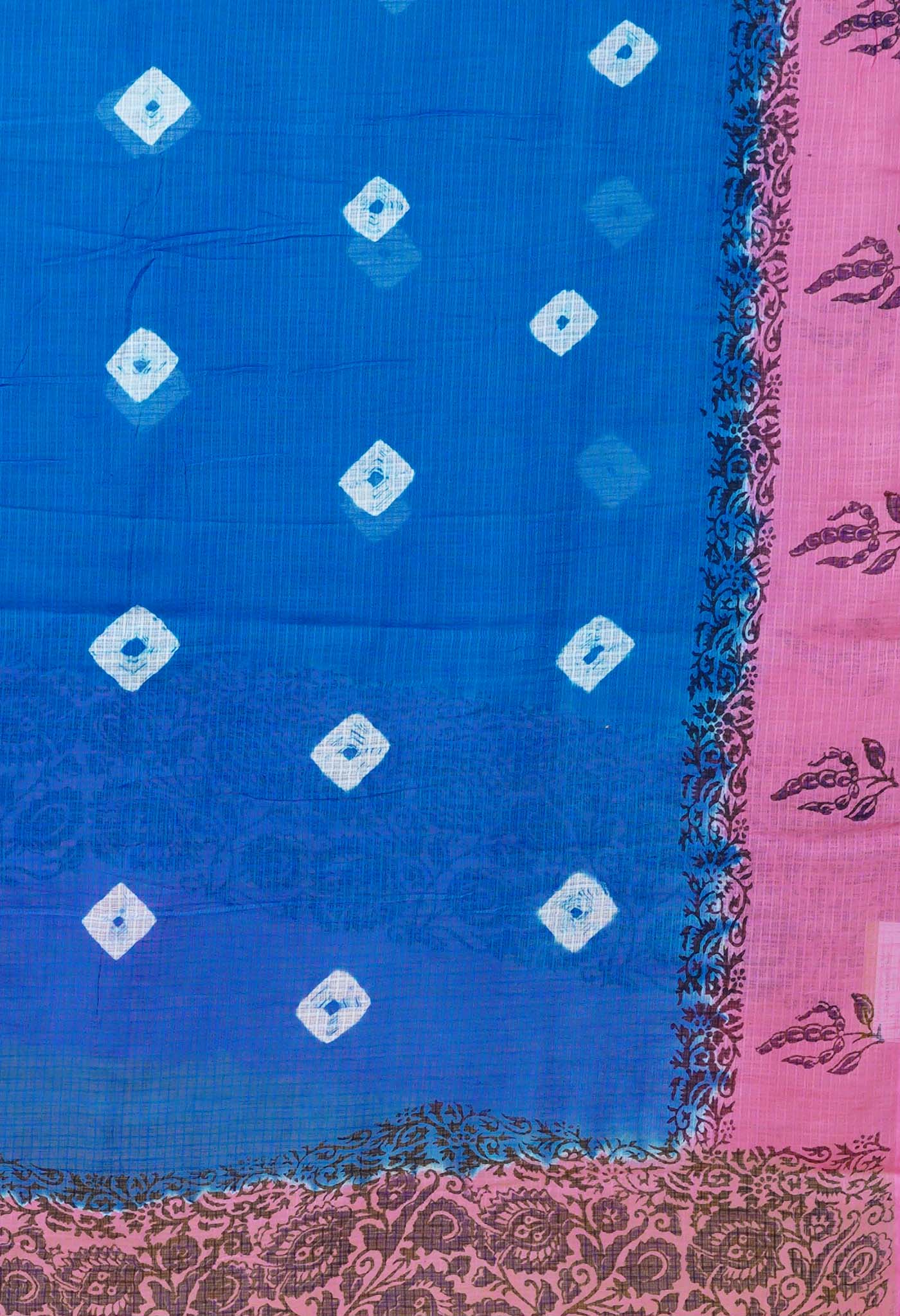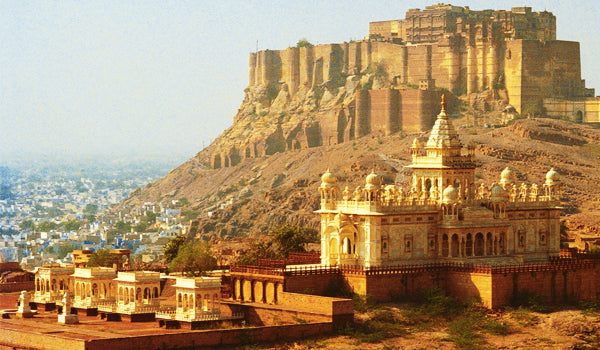
Relive the Magic of Raja’s and Maharaja’s at Exotic Jodhpur & Balotra
Rajasthan is an exciting state of India to visit by any standard especially for the tourist on the lookout for the quaint and exotic. Why not try Balotra and Jodhpur for a start to know what I mean?
Introducing Balotra & Jodhpur
Balotra is a city in the Barmer district of Rajasthan, India. 91 Km from Jodhpur, this town is part of a region known for block printing and quality handloom fabrics. It is also known for an annual desert and tribal fair at Tilwara. Balotra is known for its hand block printing and textile industry. It is a place known for its temples, especially an ancient Jain one that pilgrims throng to. Once a very small place, today Balotra has that metropolitan touch with many colleges, modern factories, a high standard of living, an excellent transportation system, has global connectivity and tall skyscrapers.

People who visit Balotra do go on to Jodhpur, the tourist’s delight to complete a fruitful visit-worthy trip. The town is well connected with Jodhpur by rail and buses at frequent intervals.
Jodhpur is of course a prominent tourist spot, the 2nd largest city of Rajasthan, India. Known as ‘the Sunny City’ for its clear, bright and sunny weather for most of the year, Jodhpur is located on the edge of Thar Desert at an elevation of 216 meters above sea level with Bikaner, Nagaur and Jaisalmer as the main adjoining cities. One of the noticeable sights is the color blue on most houses of the old city. Known as a tourist’s delight, the city boasts of wonderful forts and palaces, and very interesting markets that capture the fancy of visitors.
Places to pay a visit in Balotra
Moving from Balotra towards Jalore one comes across the village called Asotra that has India’s Third Brahma Temple. Further on one gets to see towards Barmer, just 11 Km from Balotra, an ancient temple of Lord Vishnu known as Sri Ranchore Ray ( also considered the first Ranchore Ray temple in the world) Khed Mandir in the village of Khed. The Bhatiyaniji temple in the village named Jasol is barely 4 Km away. Then you have the famous Jain temple Nakoda, 13 Km from Balotra to which religious devotees from all over India flock to. The temple is a grand architectural affair with many fine scultures housed within. It is one of the most revered pilgrimage destinations for the Jain community. Apart from this temple, a number of other temples are located in the town which include Chonch mandir, Mohanraj ji Mandir, Jaanraaj Ji Mandir, Narsingh Ji Mandir.

Rani Bhatiyani Temple is situated in the village of Jasol, at a distance of about 5 kms from Balotra. It is popular for the wonders that the goddess Mata Rani Bhatiyani showers upon her devotees.
One could also visit Bithuja Temple that is situated close to Balotra on the shores of Luni River. Bithuja Temple belongs to Baba Ramdev who is folk–deity of Rajasthan.
It also is home to 5000 and odd textile units on the banks of the river Luni. Quite a picturesque place and with so little to explore, it still offers sufficient sights for a day or two, mostly in the form of temples. One could then move to see for oneself the process of block printed fabrics for which Balotra is known.
Having done the round at Balotra, experience first-hand the thrills of watching a blank face weave developing into a well-designed, exquisitely printed fabric. From more than 50 years, Balotra has been known as an important centre in India for processing and trading of different types of fabrics. Balotra is also well-known for printing and dyeing of cotton and polyester clothes. A number of textile units are situated in the town which provides employment to a large amount of people.
What is block printing?
Block printing is making use of a carved piece of wood or any other type of wooden block to imprint an image on fabric or paper. In the early days of printing, it was used to print entire books. Today the process of block printing is popularly associated with making designs on fabrics by printing on them, with the help of a block made for that purpose. Block printing has been in use around the world now, for quite some time.

Block Printing is popular for the following reasons:
- The simplicity of the process and ease of execution.
- There is the sharpness, accuracy and fine detailing of prints that are made on the fabrics.
- The possibilities of match and mix of different block designs in various colors on the same fabric are
huge.
- Creating a new block with a new design is fairly quick and easy.
- Blocks are of good quality wood and so they have durability.
- Intricate and sharp detailing for complicated designs can be etched out in the blocks with small brushes
used for filling in the blank areas between outlines of the design.
- The extensive choice of colors make the designs vibrant and fresh-feel. Block prints and brush prints having been tried out successfully on fabrics like cotton, silk, sico etc.

Having dabbled in Block Printing and exploring completed block printed fabrics the adventurer or traveler would like to move quickly to Jodhpur, the mecca for tourists.
Jodhpur was built in 1459 by the Rajput chief Rao Jodha. Jodhpur was the capital of the princely state of Marwar earlier. The old city of Jodhpur is enclosed by a 10 km long wall which has 7 gates and 101 bastions. In the city of Jodhpur there are about 100 towers in the city, most of which are enclosed by protective battlements. In 1211 this area was won by his Rathore Rajput clan. The locals or the Marwaris have traditionally provided the necessary economic base for the region.

Places to visit in Jodhpur
There are very many tourist attractions in Jodhpur. Some of the more sought after are:
1) Mehrangarh or Mehran Fort – It is one of the largest forts in India. Over 500 yards long, its wall rises in places to a height of 120 feet and is 70 feet thick. Built around 1460 by Rao Jodha, the fort is situated 410 feet above the city and is enclosed by imposing thick walls. Burnished red sand stone, imposing, invincible and yet with a strange haunting beauty that beckons. Much has been written about the Citadel of the Sun, for truly, it is one of the most impressive in all Rajasthan. So colossal are its proportions that Rudyard Kipling called it “the work of giants”. Today, it is acknowledged as one of the best preserved forts in India. It contains some of the finest palaces and preserves in its museum many priceless relics of Indian courtly life.

2) Umaid Bhawan Palace - Known as the principal residence of the jodhpur royal family, Umaid Bhavan palace is a golden-hued desert sandstone monument. Rediscovering yourself in this architectural masterpiece is an experience in itself. Step in the glorious ambience of Jiva spa and where a royal journey of harmony, rejuvenation and healing awaits you.

3) Jaswant Thada - Jaswant Thada is actually a memorial house built by Maharaja Sardar Singh in 1899 AD, in the memory of Jaswant Singh II, his father.Along with this Jaswant Thada is also a cremation ground for other royal family members of Marwar, a concept similar to that of Royal Gaitor in Jaipur. The mausoleum is built out of intricately carved sheets of marble. These sheets are extremely thin and polished so that they emit a warm glow when illuminated by the sun. The cenotaph's grounds feature carved gazebos, a tiered garden, and a small lake. There are three other cenotaphs in the grounds. The cenotaph of Maharaja Jaswant Singh displays portraits of the rulers and Maharajas of Jodhpur.

4) Ghanta Ghar - Also known as the clock tower of Rajasthan, is in the Indian city of Jodhpur. It was built by Maharaja Sardar Singh (1880-1911) from whom the market takes its name. In fact, the tower dominates the entire place around it.

5) Balsamand Lake – It is a lake situated 5 km from Jodhpur on Jodhpur-Mandore Road. This lake is a popular picnic spot, built in 1159 AD by Gurjara-Pratihara rulers. It was designed as a water reservoir to provide water to Mandore. The lake has a length of one km, breadth of 50 m and a depth of 15 m. The Balsamand Lake Palace was built later as a summer palace on its shore. The lake is surrounded by lush green gardens that house groves of trees like mango, papaya, pomegranate, guava and plum. Animals and birds like the jackal and peacock also call this place home.

6) Kaylana Lake - Located 8 km west of Jodhpur in Rajasthan, India. It is an artificial lake, built by Pratap Singh in 1872. The lake spreads over an area of 84 km2. In ancient times this region had palaces and gardens made by two rulers of Jodhpur - Bhim Singh and Takhat Singh. These were destroyed to make Kaylana Lake.
The lake is situated between igneous rock land formations. It receives its water from Hati Nehar or elephant canal, which is further connected to the Indira Gandhi canal. The natural vegetation here mostly consists of Babool trees, and various migratory birds such as Siberian cranes are seen here in the winter season. The city of Jodhpur and all the surrounding towns and villages depend on Kaylana lake as a source of drinking water.

7) Rao Jodha Desert Rock Park - Spread over 72 hectares, near the historic Mehrangarh Fort in Jodhpur, Rajasthan, India. The park contains ecologically restored desert and arid land vegetation. The park was created in 2006 to try and restore the natural ecology of a large, rocky area adjoining and below the fort. It was opened to the public in February 2011. The area in and around the park contains distinctive volcanic rock and sandstone formations. The park includes a Visitors Centre with Interpretation Gallery, a native plant nursery, a small shop and cafe. There are four trails (yellow, green, red, and blue), about 880 m to 1115 m long, that visitors can take by themselves or with trained guides and naturalists, who are also available.

The Rao Jodha Desert Rock Park has attempted both architectural and ecological restoration. The Visitors Centre is housed in Singhoria Pol, a 17th-century gateway into Jodpur city, which had fallen into ruins and disrepair. The gateway was restored and the Visitors Centre, completed in February 2011, has an Interpretation Gallery about the desert, plants, and history, integrated into the passages and rooms over and around the gate. The historic city wall that had crumbled in places was also restored, which assisted in protecting the area from grazing livestock during ecological restoration.

8) Machia Bio Park - The Jodhpur Zoo was established by Maharaja of Jodhpur H.H. Umaid Singhji in year 1935. The Zoo is situated within the premises of the "Public Park" popularly known as Umaid Udhyan, Jodhpur. Various enclosures of the Zoo are mostly situated on the peripheral portion of the public park i.e. Umaid Udhyan. Within the Umaid Udhyan area are also centrally situated the 'Public Library' named "Sumer Sarvajanik Vachnalaya" and the museum named "Sardar Sangrahalaya".
From 1956, the Jodhpur Zoo is being managed by the forest department of Rajasthan Government.
Feeling that the existing zoo being a heritage zoo was not fulfilling the requirements of a modern zoo,it was decided that a new satellite zoo shall be constructed at Machia as per guidelines of the CZIA. The vision of the Machia Biological Park is to create an opportunity for the citizens of Jodhpur to have a biological park very close to the city in Machia Forest Block near Kayalana lake.

9) Mandore Garden - A nice place - a habitat for monkeys, peacocks and other delightful creatures of Nature. The temples built over the graves are beautiful...reminds you of Puri. The garden is well maintained and the staff is helpful. They take pleasure in showing you the place around and telling you the history behind them. Those interested in historical facts could visit the museum. A small pond with fishes where you can feed them, place for children to play, add to the lovely atmosphere. Incidentally it is spoken of as Mandodari’s (Ravan’s wife) birth place. Mandore garden has a garden area with some flowers, temples and cenotaph, remains of a fort and a water body on craggy hillock. There is a joggers’ path for visitors to enjoy a leisurely walk or run. Visit just to enjoy the serenity and greenery.
 There are very many other places for the tourist to visit that would show why Jodhpur is a preferred destination for sightseeing, fun and enjoyment.
There are very many other places for the tourist to visit that would show why Jodhpur is a preferred destination for sightseeing, fun and enjoyment.
You have
Sardar Market - Bustling city marketplace with eateries, craft vendors, apparel & an iconic clock tower.
Royal Cenotaphs –
Toorji Ka Jhalra Step Well - The Step Well Square is a mini-architectural tour with the Toorji's Step Well at the center, and almost 250 yrs of building tradition on view. Built in the 1740's, submerged for decades, its recent restoration uncovered over 200 hundred feet of hand carved treasure.

Achal Nath Temple - Hindu temple complex featuring a colorful wall mural, religious icons & life-size figures.
Jai Pol - Amazing entrance gate of Mehrangarh fort
Ranisar Lake - Small lake offering tranquil waterside environs with views of a scenic fort looming nearby.
Mehrangarh Museum Trust - The museum in the Mehrangarh fort is one of the most well-stocked museums in Rajasthan. In one section of the fort museum there is a selection of old royal palanquins, including the elaborate domed gilt Mahadol palanquin which was won in a battle from the Governor of Gujarat in 1730. The museum exhibits the heritage of the Rathores in arms, costumes, paintings and decorated period.

Kunj Bihari Temple - This historic, prominent Hindu temple features unique architecture & intricate carvings.
Chamunda Mata Temple - Chamunda Mata Temple is a royal shrine built by Rao Jodha, the founder of Jodhpur. He brought this deity to Jodhpur in the year 1460. This temple is located close to the southern gate of Mehrangarh Fort. It had been a favourite place of worship for the royal families of Jodhpur. On the eve of the Dussehra Festival, this shrine is visited by large numbers of devotees.

Sardar Government Museum - The Sardar Government Museum is located in Public Park, Jodhpur, Rajasthan, India. The museum is named after Sardar Singh, a maharaja of Jodhpur, and was constructed under the reign of his son, Maharaja Umed Singh. It was built by Henry Vaughan Lanchester in 1909 and formally opened to public on 17 March 1936.

Sheesh Palace - Decorative mirror palace inside the sprawling 15th-century hilltop Mehrangarh fortress.
And plenty more.
So why wait? Plan your trip, list the things you might want to take with you, choose the fun people you would like to share a good time with apart from family members, decide the days you want to be there and move!


